Thinking of a Big Chop? Here’s What Your Stylist *Really* Wants You to Know
I’ve seen it a thousand times over my years behind the chair. Someone sits down, clutching a picture of a killer pixie cut, but their eyes tell a different story. They’re in love with the idea of it—the confidence, the freedom—but they’re also terrified. Will it even look good on me? Can I possibly style this myself? And the big one: what if I hate it and have to suffer through years of awkward grow-out? All totally valid fears.
In this article
- The Consultation is Everything (And Why It Costs What It Does)
- Getting to Know Your Hair on a Deeper Level
- Let’s Be Real: Will It Suit YOU?
- The Craft: A Peek Behind the Curtain
- Your At-Home Survival Guide
- Easing the Biggest Fear: The Grow-Out & Maintenance Plan
- How to Find a Stylist You Can Trust
- Inspiration Gallery
My job isn’t just to chop off hair. It’s to be your guide through all those questions. A truly great short haircut isn’t about chasing a trend you saw online. It’s a custom-tailored piece of art designed for your hair, your bone structure, and, most importantly, your actual life.
So many articles just throw celebrity photos at you, conveniently forgetting to mention the team of stylists on standby or that the celeb’s hair texture is nothing like yours. I want to do this differently. Let’s walk through this process like you’re right here in my salon, getting the real, unfiltered advice.
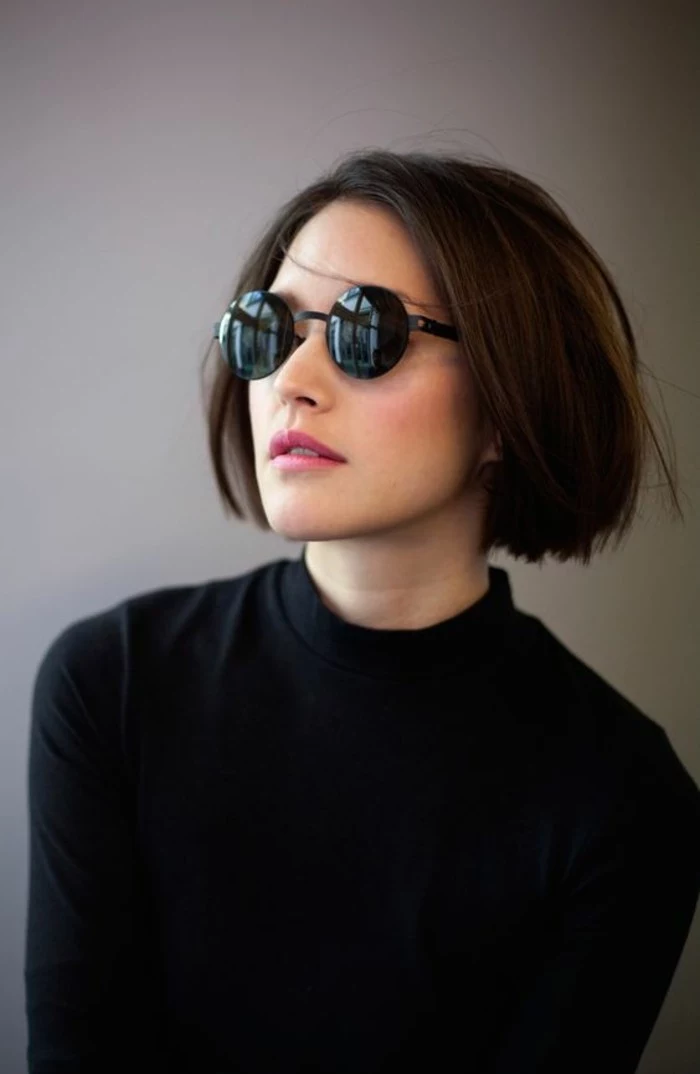
The Consultation is Everything (And Why It Costs What It Does)
Honestly, the most powerful tool I have isn’t my shears; it’s the 15-minute chat we have before they even come out of the holster. Anyone can try to copy a picture. A real pro diagnoses your hair and designs a cut that will actually work for you, long after you’ve left the salon.
And let’s get the money question out of the way. When you see a price tag of $90, $150, or even $200+ for a cut with an experienced stylist versus a $40 cut at a walk-in chain, you’re paying for that diagnosis. You’re paying for the years of experience that taught them how to handle your specific cowlick or how to make your fine hair look fuller. It’s an investment.
By the way, a little pro tip for that conversation: Instead of just handing over a photo and saying “I want this,” try giving them a script they can work with. Say something like, “I love the piecey texture in this photo, but I know my hair is much finer. How can we create a similar feeling that works for me?” That opens a door for collaboration, not just copying.
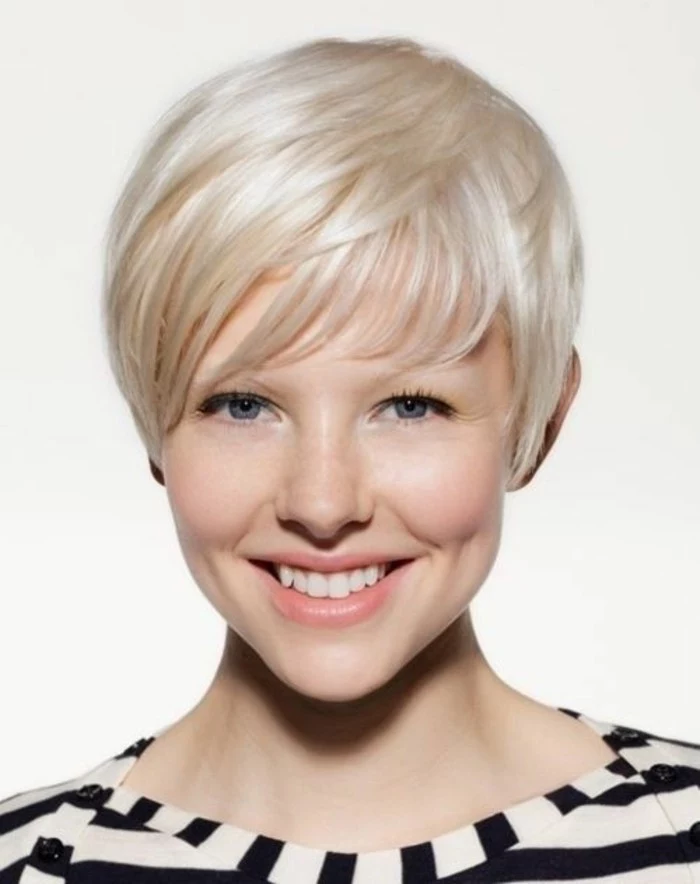
Getting to Know Your Hair on a Deeper Level
When you’re in my chair, I’m not just looking, I’m touching. I run my fingers through your hair to get a feel for a few key things:
- Texture: This is about how thick each individual strand is—fine, medium, or coarse. Fine hair can sometimes fall flat, while coarse hair can get bulky. A sharp, blunt bob might make fine hair look incredibly thick and chic, but on coarse hair? It could end up looking like a solid block without the right texturizing.
- Density: This one’s about how much hair you actually have. You can have fine hair but a TON of it (high density), or coarse hair that’s on the thinner side (low density). For someone with lower density hair, I’d steer clear of aggressive razoring that could make the ends look wispy and weak. But for super-dense hair, I absolutely have to remove some internal weight to keep it from turning into a helmet.
- Growth Patterns: Oh, cowlicks. I always check for them at the hairline, the crown, and the nape of the neck. These little swirls dictate which way your hair wants to go. If you cut the hair too short over a powerful cowlick, it’ll stick straight up, guaranteed. A good stylist works with them. I once had a client who wanted a super short pixie but had a crazy double cowlick at her front hairline. Instead of fighting it, we designed a slightly longer, piecey fringe that used those cowlicks to create instant, natural lift. It became the coolest feature of her cut.

Let’s Be Real: Will It Suit YOU?
Next comes the lifestyle chat. How much time are you really going to spend on your hair each morning? If you’re a five-minute wash-and-go person, a high-maintenance cut that needs a round brush and a blow dryer to look good is a recipe for frustration. For you, we’d probably look at a textured pixie or a soft, shaggy bob that looks amazing air-dried with a bit of salt spray.
This is also where we can touch on face shape, but don’t get too hung up on rigid rules. It’s more about creating balance. For clients with rounder faces, we often aim to create the illusion of length, maybe with some soft volume on top and leaner sides. For a stronger, square jawline, wispy pieces and soft layers around the face can add a beautiful softness. For an oval face? Lucky you, almost anything works! The key is customizing the details.
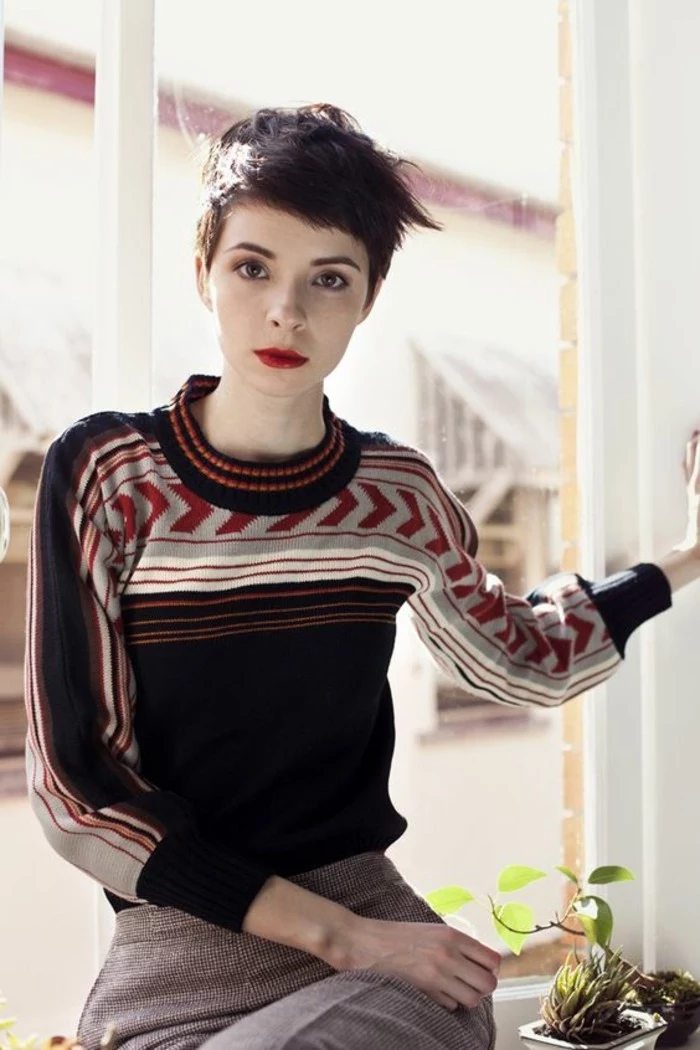
The Craft: A Peek Behind the Curtain
Once we have a game plan, the technical stuff begins. The difference between an okay cut and a fantastic one is often in the tools and techniques.
You might see your stylist pick up shears or a razor, and they create totally different results. Shears give you clean, sharp lines—perfect for a blunt bob or a structured pixie. For fine hair, this is often the best bet because it keeps the ends looking solid and thick. A razor, on the other hand, cuts hair at an angle, creating softer, more tapered ends. It’s amazing for adding movement and removing bulk from thick hair.
Heads up! In the wrong hands, or on very fine, fragile hair, a razor can cause frizz and damage. So if your stylist pulls one out, it’s totally okay to ask, “Hey, I’m just curious why you’re choosing a razor for my hair type?” A good professional will be excited to tell you their reasoning.

Your At-Home Survival Guide
Okay, you’ve left the salon, you love your hair… now what? Don’t panic. Short hair styling is usually quicker once you get the hang of it.
Your new best friends in the product aisle will likely be pomade, wax, and texture spray. Here’s a quick rundown:
- Pomade: Great for that piecey, separated look. It gives hold and definition without being stiff. A matte pomade is perfect for a modern, non-shiny finish.
- Wax: A bit heavier than pomade, wax offers a stronger hold. It’s fantastic for taming thick hair or creating more dramatic, structured styles.
- Texture Spray: This is your secret weapon for volume and that perfectly “undone” look. Think of it as instant grit and lift in a can.
My 2-Minute Perfect Pixie Recipe: Start with dry hair. Take a pea-sized amount of matte pomade (you can find great ones from brands like Oribe or R+Co for about $25-$45 a tub, but drugstore options work too!) and rub it between your palms until it’s warm and invisible. Rake your fingers through your hair from back to front to mess it up and create volume. Then, use your fingertips to twist and define a few pieces around your face. Done.
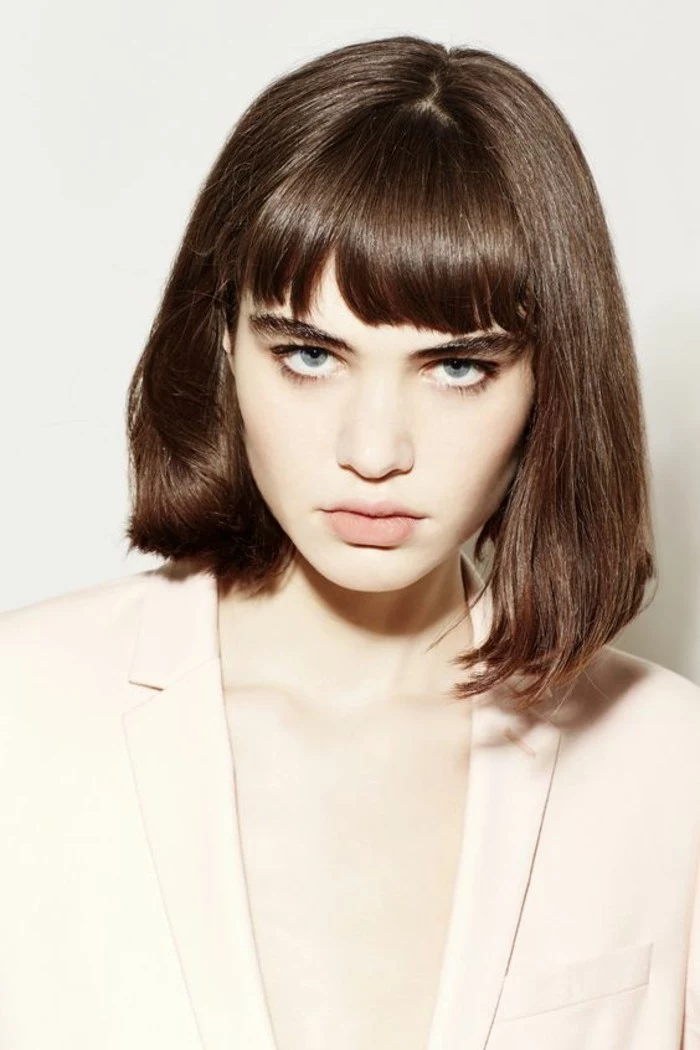
Easing the Biggest Fear: The Grow-Out & Maintenance Plan
The number one fear is getting stuck with a cut you hate. So let’s talk about an exit strategy. If a full-on pixie feels like too big a leap, why not start with a “bixie” (a bob-pixie hybrid) or a chic chin-length bob? You get the short-hair vibe with a much less intimidating grow-out phase.
And remember that cost we talked about? It applies to upkeep, too. A pixie cut is a commitment. To keep it looking sharp, plan on a trim every 4 to 6 weeks. Depending on your salon, that could be a maintenance appointment costing between $60 and $100. A bob is a bit more forgiving and can often stretch to 6 or even 8 weeks between cuts. You have to factor that into your hair budget!
How to Find a Stylist You Can Trust
So, how do you find the right person for this job? It’s like dating—you need to find a good match.

First, do some online stalking. Check out stylists’ Instagram or salon websites. Are they posting lots of short haircuts that you love? That’s a great sign. Then, read reviews, but look specifically for comments that mention a great, thorough consultation.
Finally, don’t be afraid to book a consultation-only appointment first. It might cost you $25 or $50, but it’s a small price to pay for the confidence of knowing you’ve found someone who truly gets it before they ever touch your hair with a pair of scissors.
Inspiration Gallery

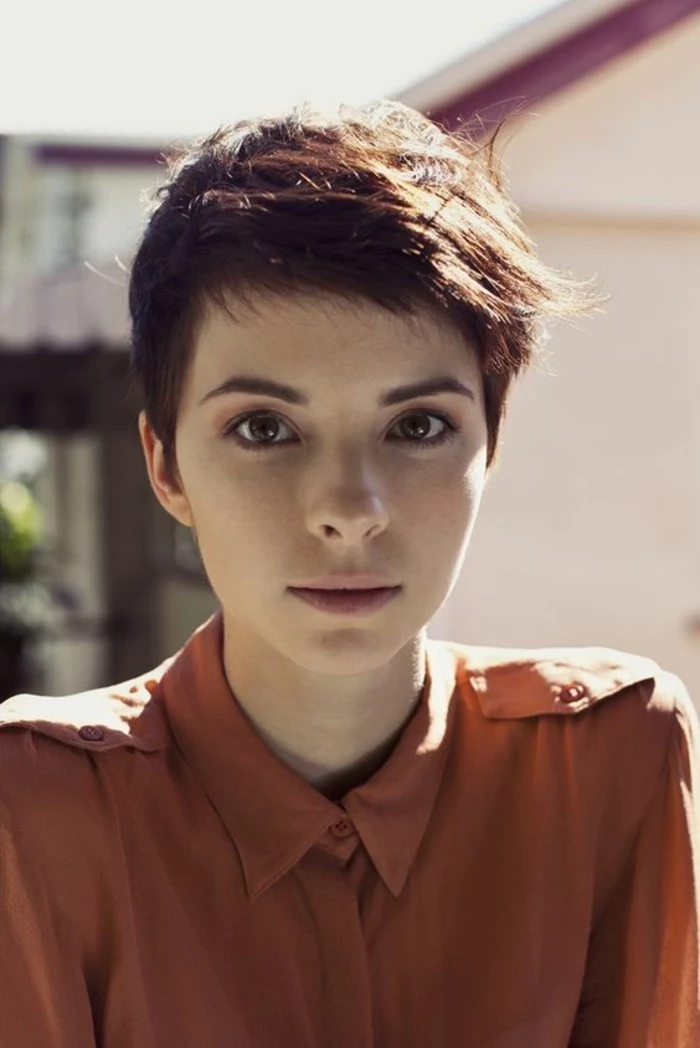
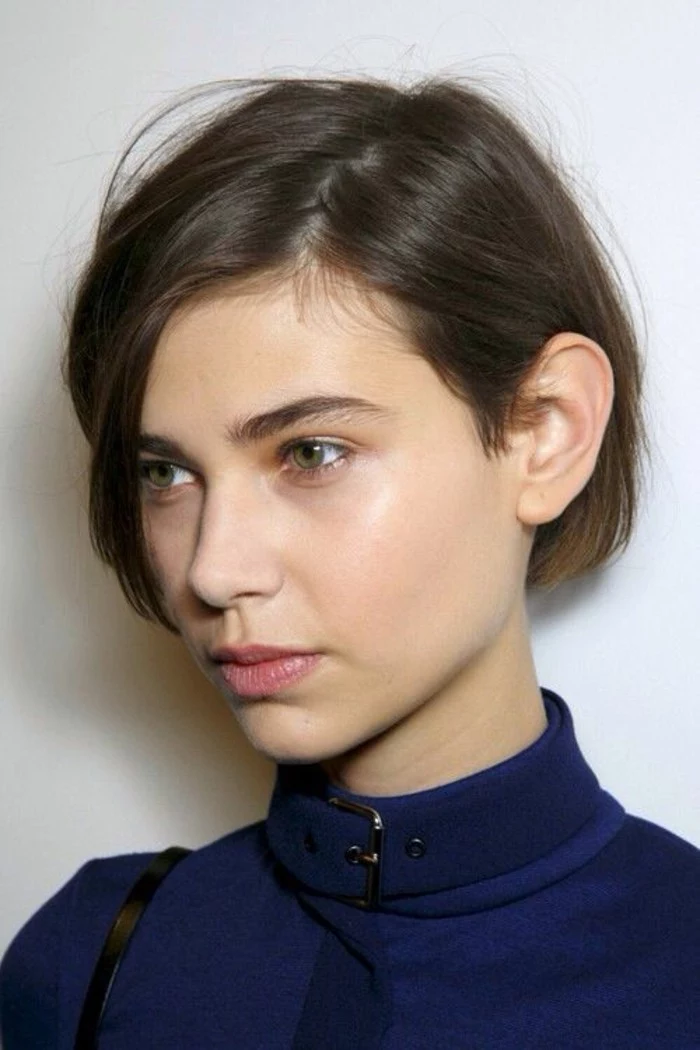
Don’t underestimate the power of your blow-dryer’s nozzle. For a sleek finish, always point it down the hair shaft, from root to tip. For volume, flip your head upside down and rough-dry the roots first. This small directional change makes a world of difference in your final style.
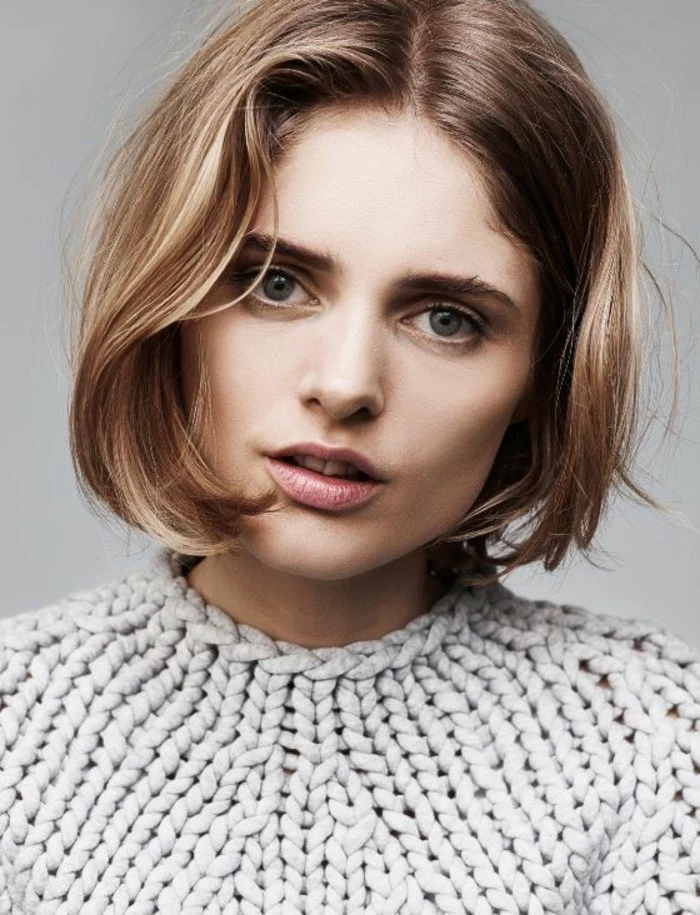

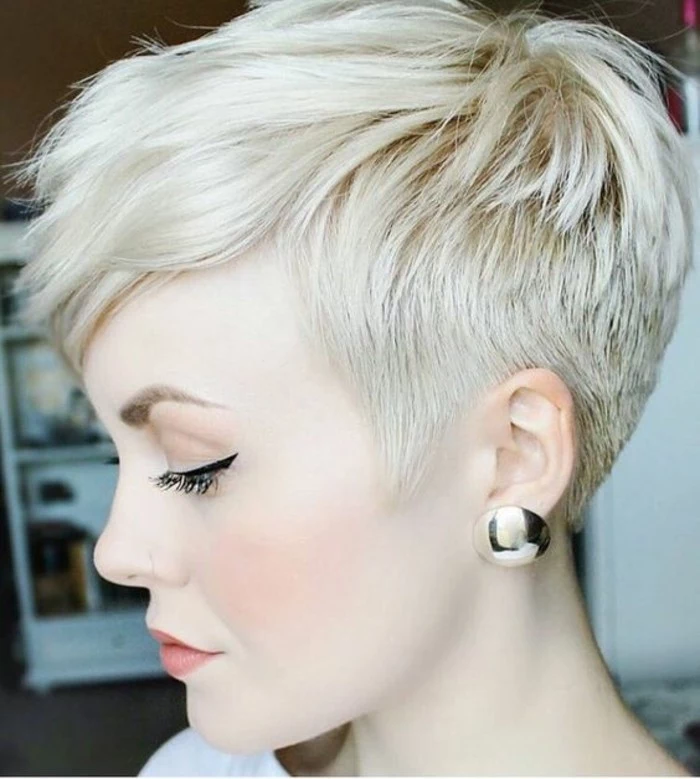
But will a pixie cut work with my face shape?
This is the number one fear, but a skilled stylist doesn’t give a one-size-fits-all cut. For round or square faces, they might create height and volume on top to elongate. For heart-shaped faces, a softer, wispier fringe works beautifully. It’s all about creating custom angles and lines that balance your unique features, not just copying a photo.
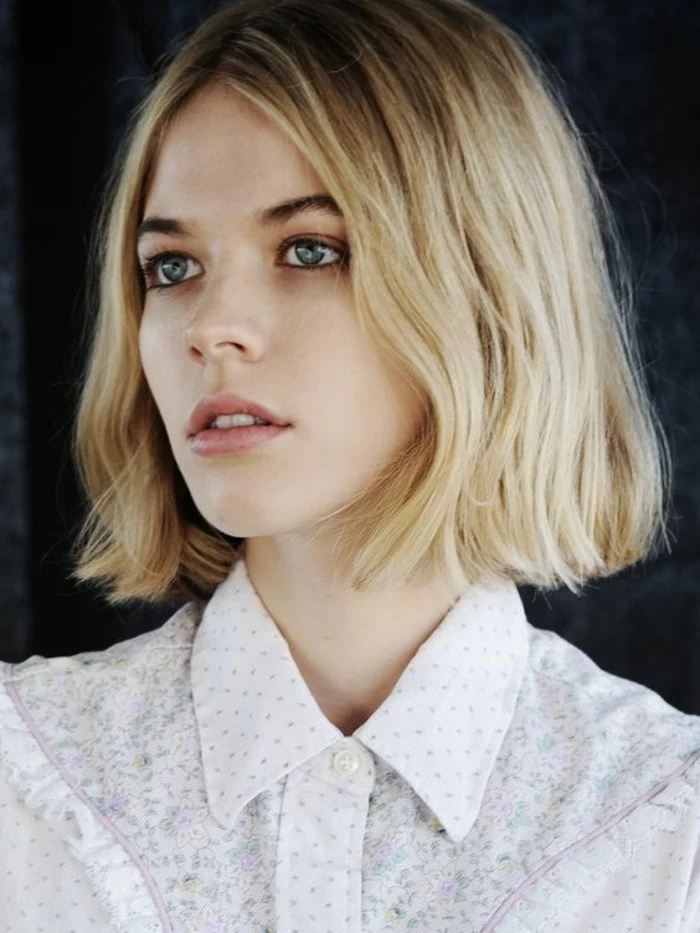

- A high-quality pomade or wax for definition (like R+Co’s BADLANDS Paste).
- A texturizing sea salt spray for that perfectly undone look.
- A root-lifting mousse for volume right where you need it.
- A mini flat iron for taming bangs or small, unruly sections.
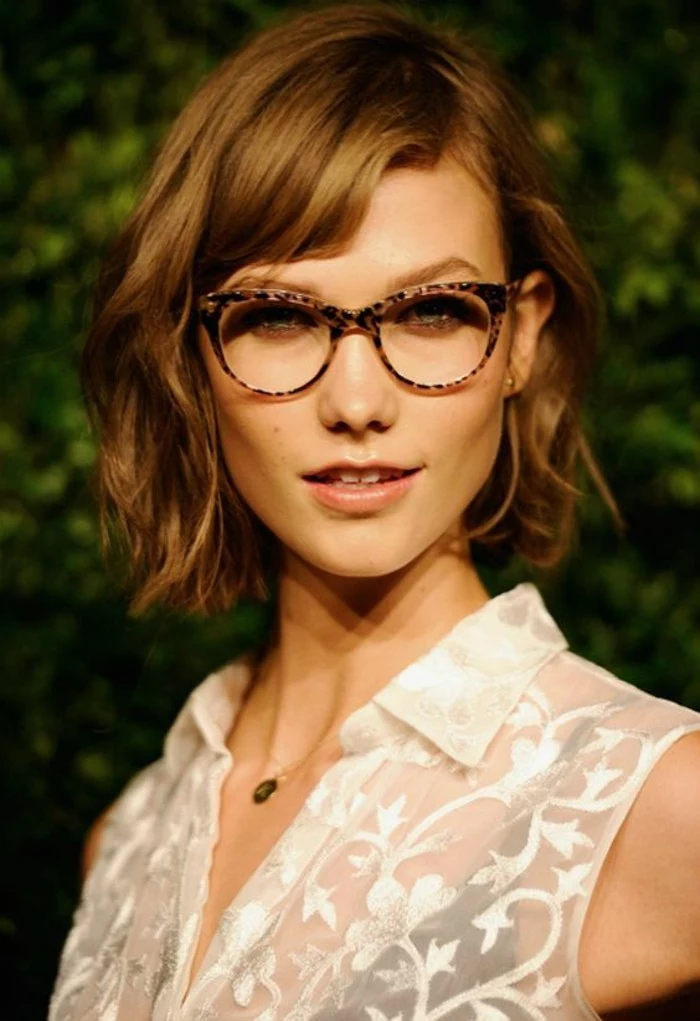

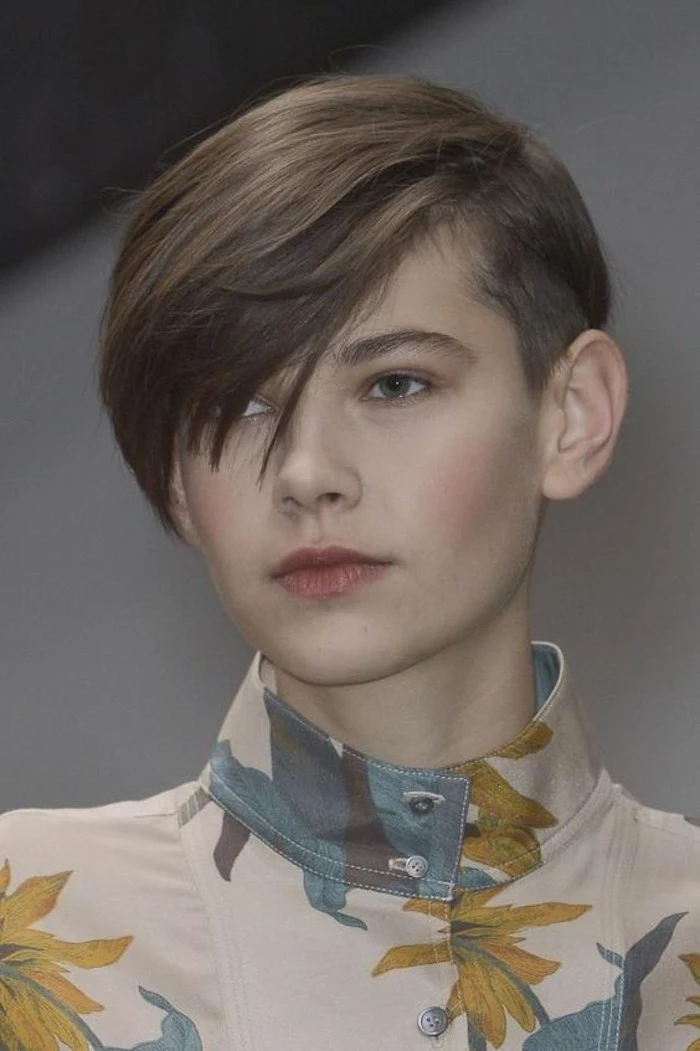
The most important commitment you make isn’t the cut, it’s the upkeep. A sharp pixie or bob can go from chic to shaggy in a week. Pre-booking your trims every 4-6 weeks is non-negotiable to keep the shape immaculate and polished.
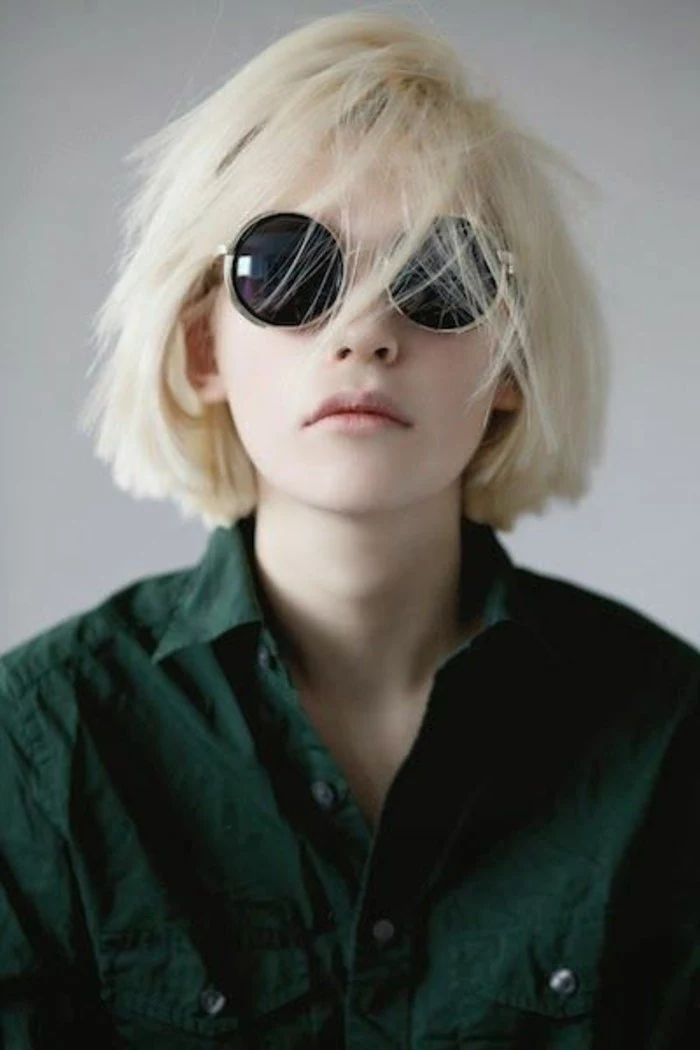
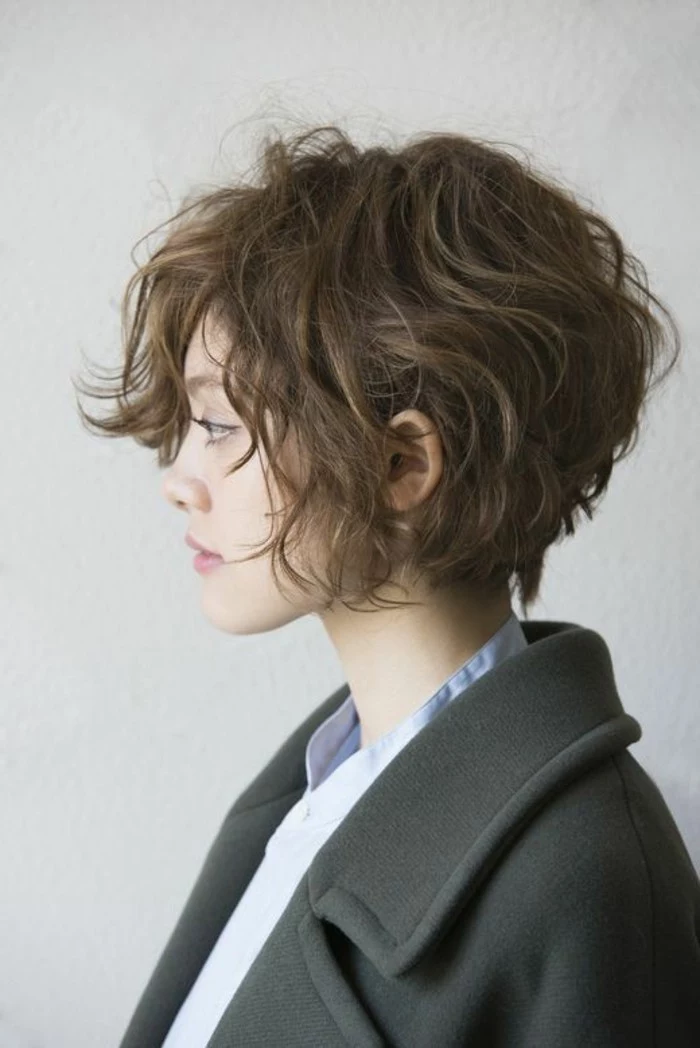
“Haircutting is a craft. It’s a geometry. It’s an architecture of the head.” – Vidal Sassoon
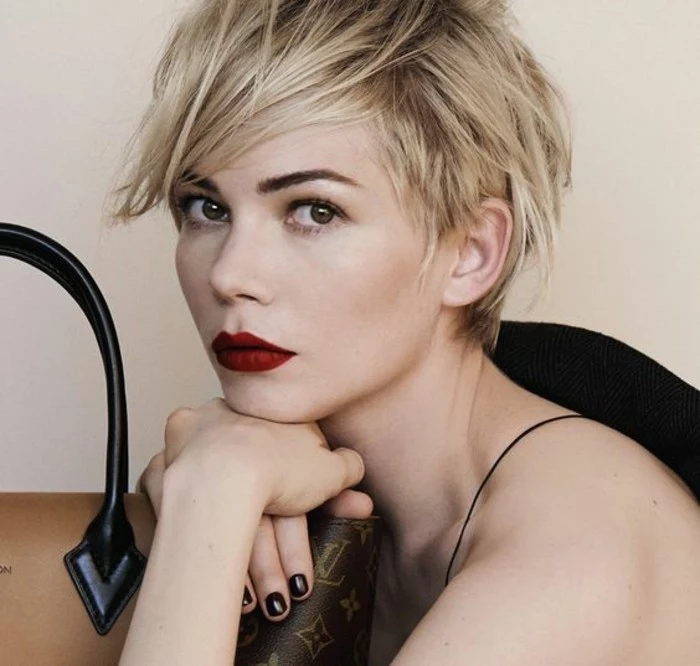

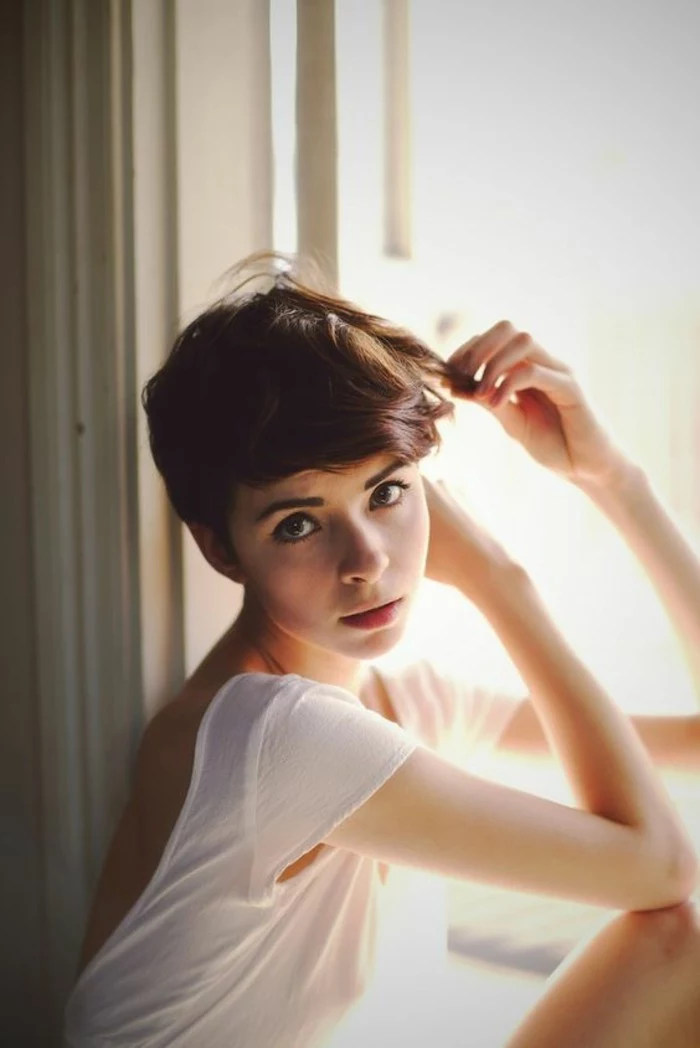
Matte Pomade: Ideal for creating piecey, separated texture without shine. It gives fine hair grit and hold, perfect for a tousled pixie.
Texturizing Spray: Your best friend for effortless, ‘I woke up like this’ volume. Think Bumble and bumble’s Surf Spray. It gives airiness and movement to bobs and longer pixies.
Use pomade for control and definition; use spray for volume and a lived-in feel.
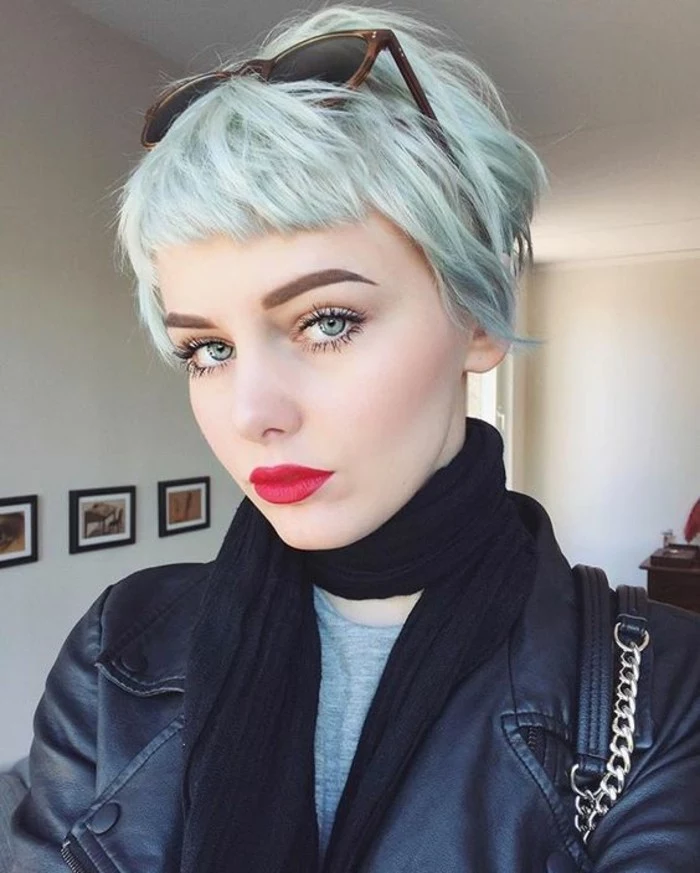
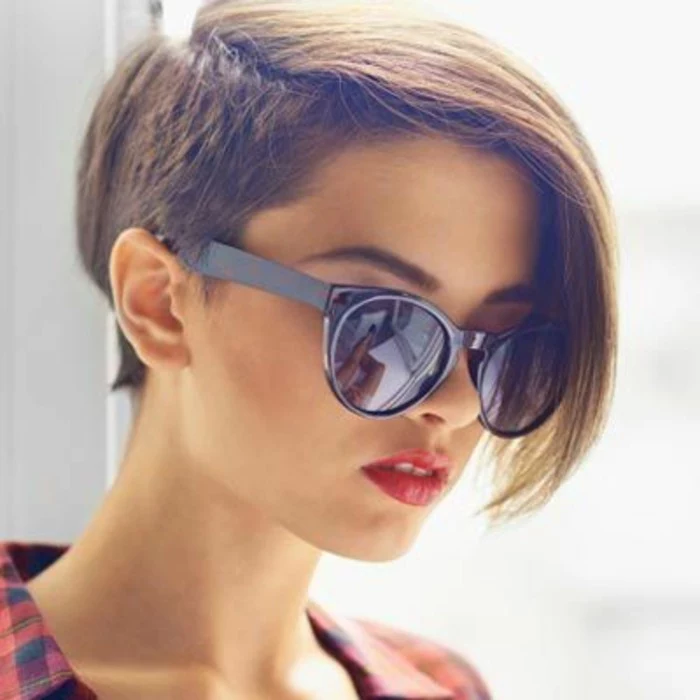
Your new short hair is a canvas for accessories. A simple cut can be completely transformed in seconds.
- Slide in a single, bold bobby pin or a decorative clip just above the ear for an asymmetrical, modern touch.
- A velvet or silk headband can create a soft, romantic look for evening or tame hair during the awkward grow-out phase.
- Don’t forget statement earrings! They have more impact than ever with short hair.

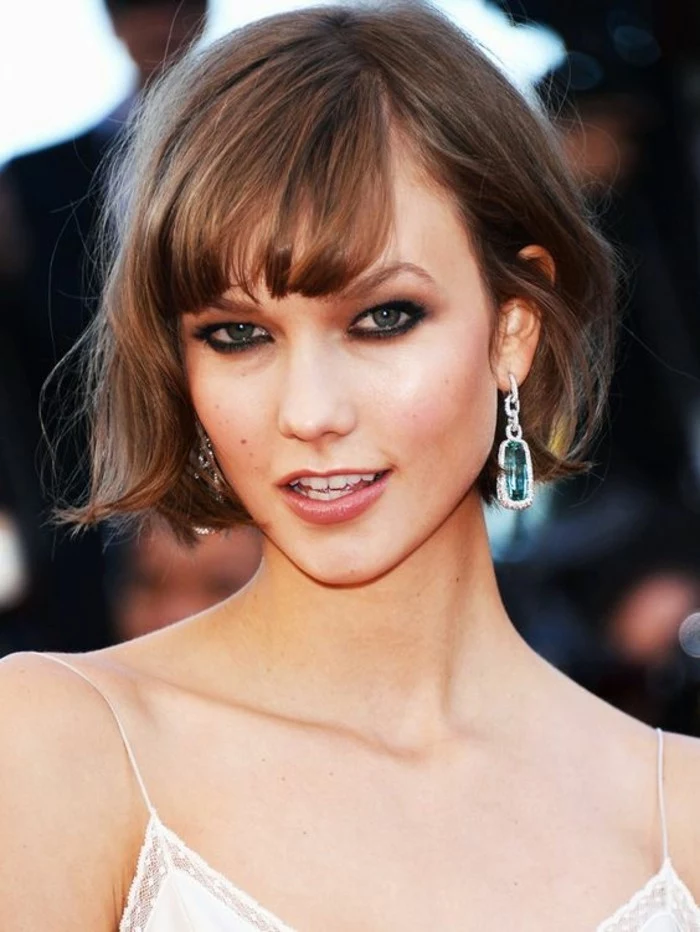
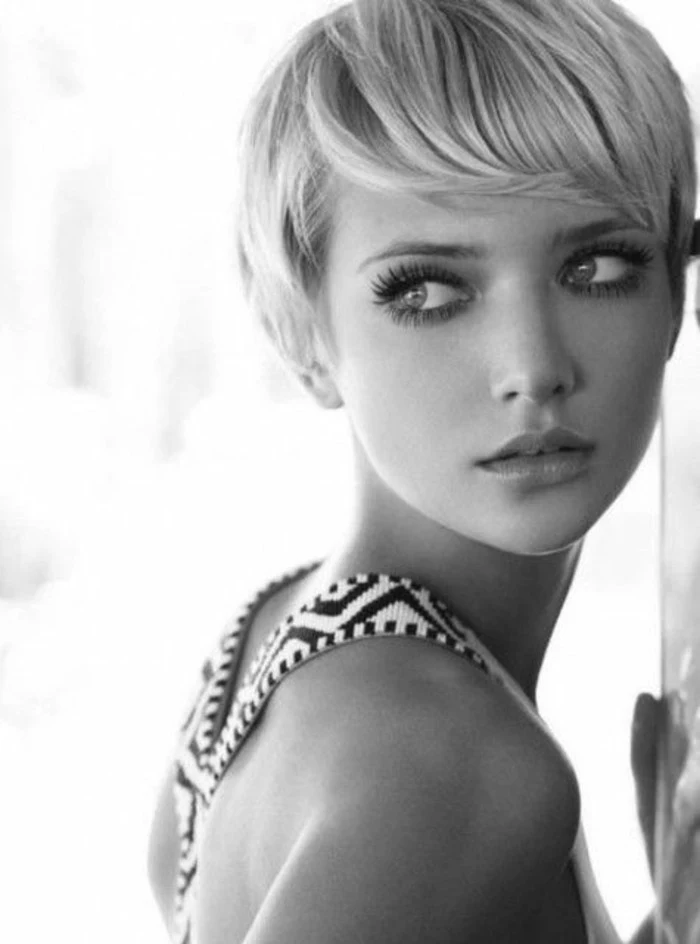
A 2018 study found that women with short hair can save up to 30 minutes a day on washing, drying, and styling.
That’s 3.5 hours a week! Think of it as a gift of time. Use it for that extra cup of coffee in the morning, a quick meditation session, or simply hitting the snooze button one more time without feeling rushed. It’s one of the most celebrated, and unexpected, perks of the chop.


- Wake up with smoother, less frizzy hair.
- Prevent breakage and split ends on delicate strands.
- Extend the life of your style, meaning less morning maintenance.
The secret? A silk or satin pillowcase. Cotton absorbs moisture and creates friction, while silk allows your hair to glide, preserving its shape and health overnight.
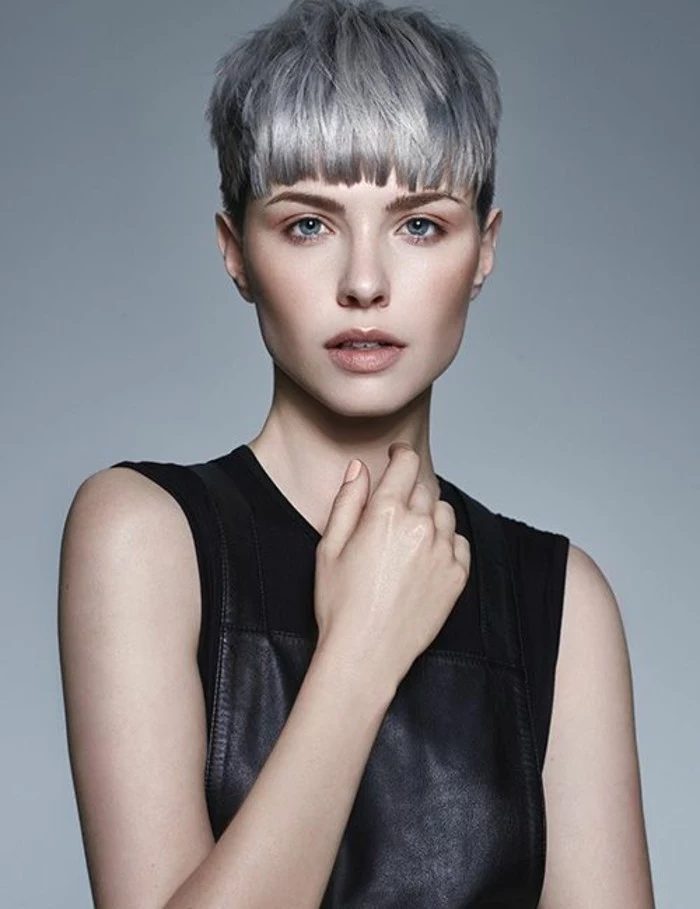
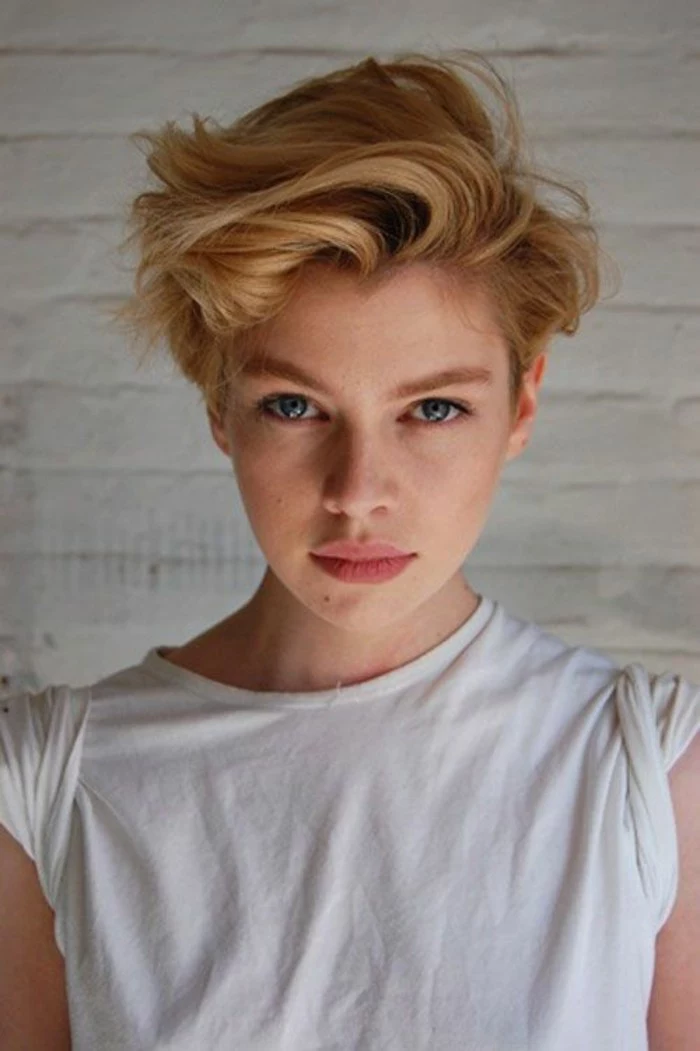
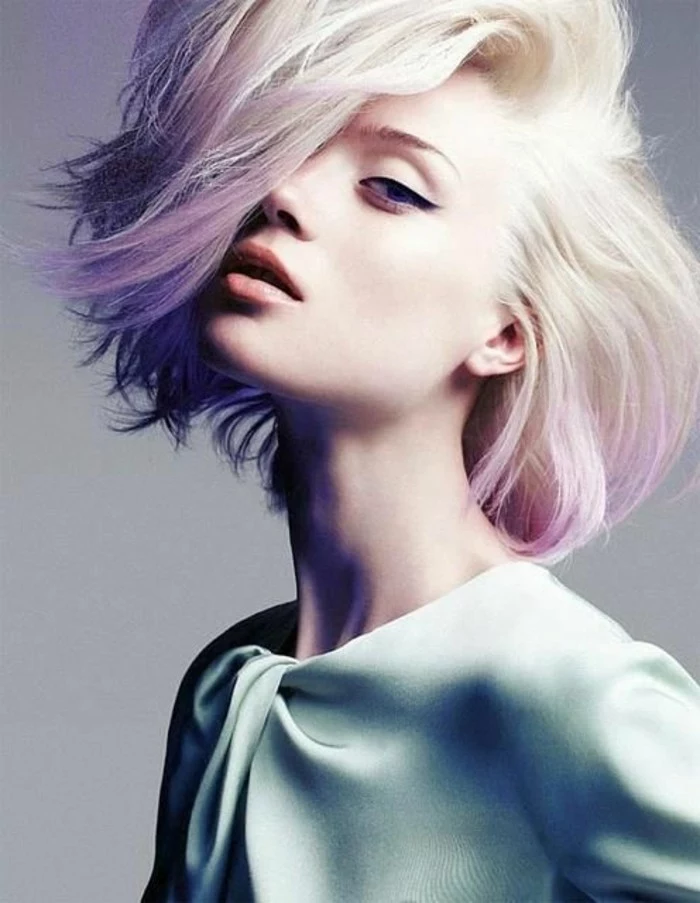
Currently taking salons by storm is the ‘bixie’ – that perfect sweet spot between a bob and a pixie. It offers the playful texture and ease of a pixie with the soft, face-framing length of a mini-bob. It’s incredibly versatile and a great ‘first step’ for those not quite ready for a super short crop.
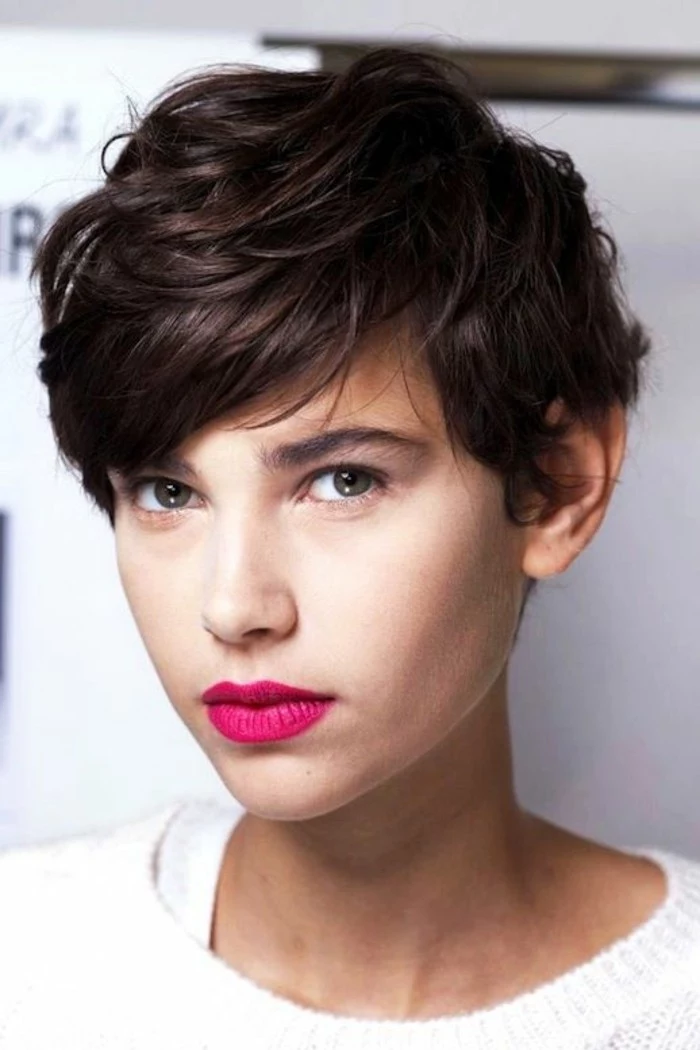
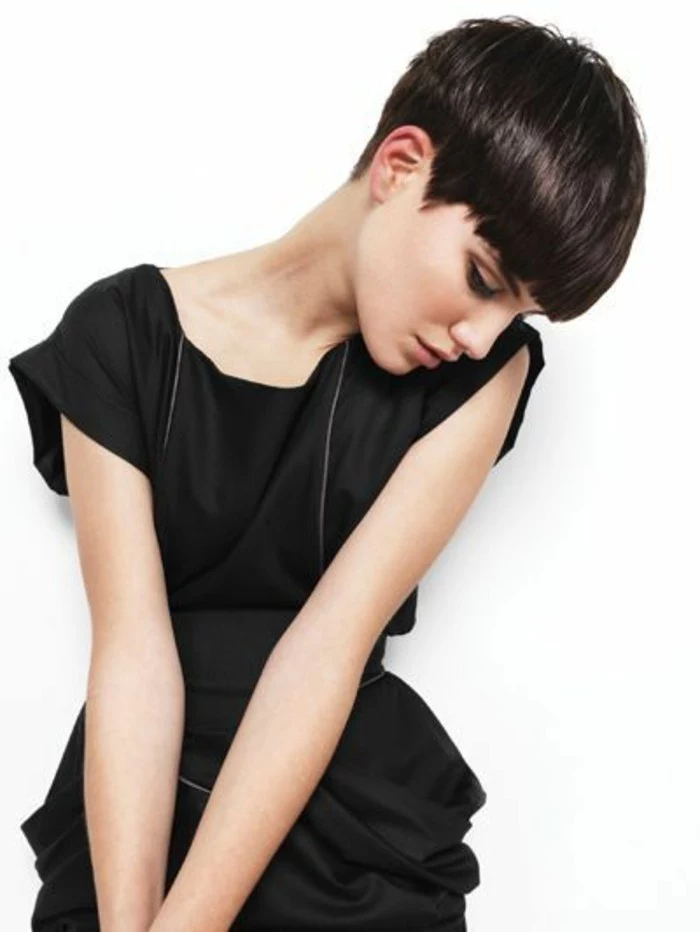
I feel like I look… boyish. How do I keep it feminine?
Femininity is an attitude, not a hair length! But to play up softer features, focus on the details. Ask your stylist for a soft, wispy neckline instead of a hard, blunt one. A side-swept fringe always softens the face. And finally, play with your makeup—a bolder lip or a defined brow can beautifully frame your face and highlight your features now that they’re on full display.
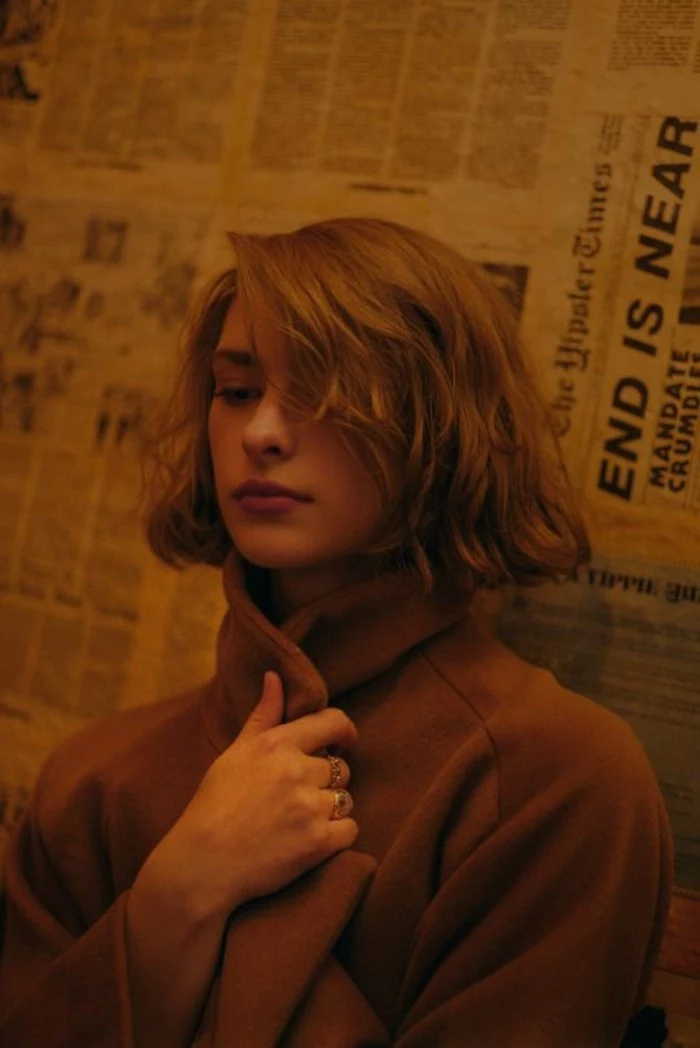
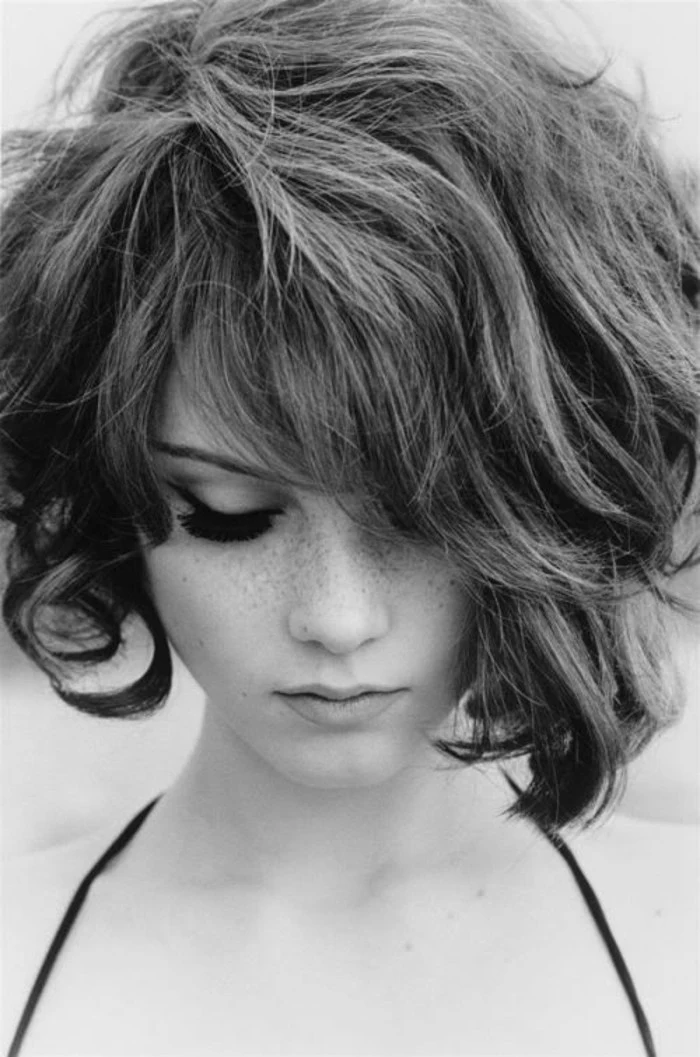
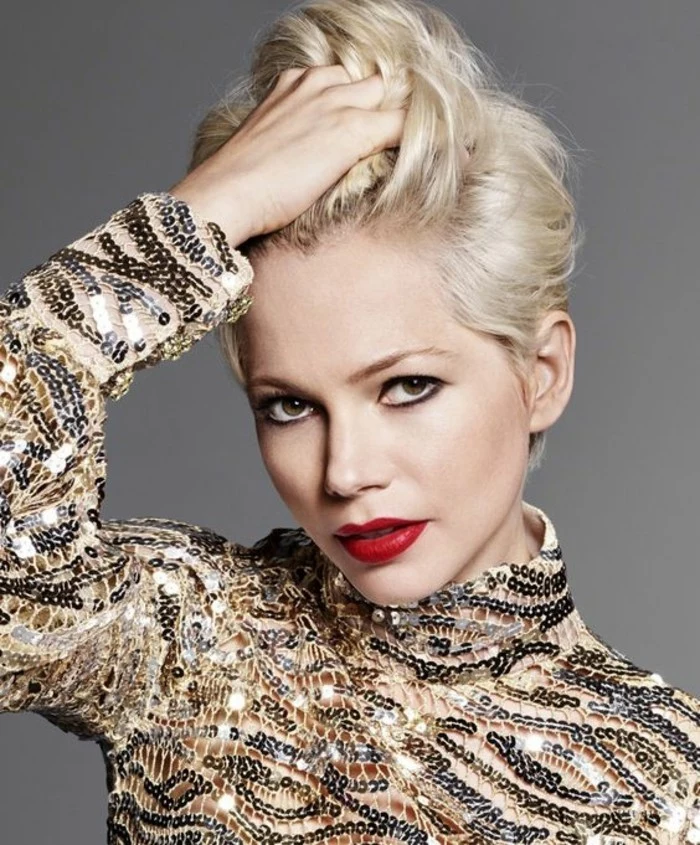
- Faster drying time, which means less heat exposure and damage.
- Significant reduction in product usage – your expensive serums and masks will last twice as long.
- Less water consumption per wash, making it an eco-conscious choice.
The truth? Short hair isn’t just a style choice; it’s a step toward a more sustainable beauty routine.

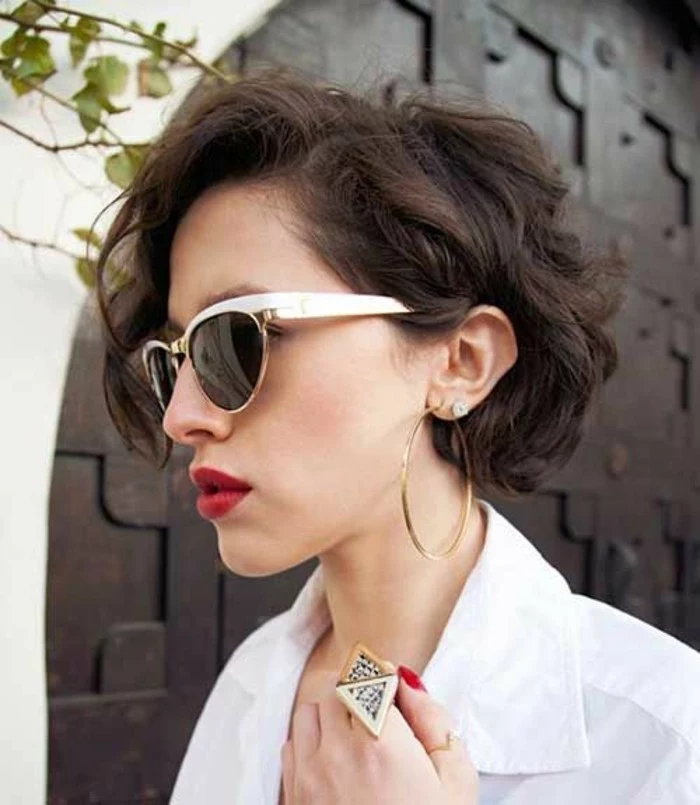
The one tool worth the investment: a mini straightener. While a full-size iron like the Dyson Corrale is great, a smaller plate, like on the ghd Mini Styler, gives you unparalleled precision for styling bangs, taming cowlicks at the hairline, or creating flicky texture on the ends of a bob without flattening the whole section.
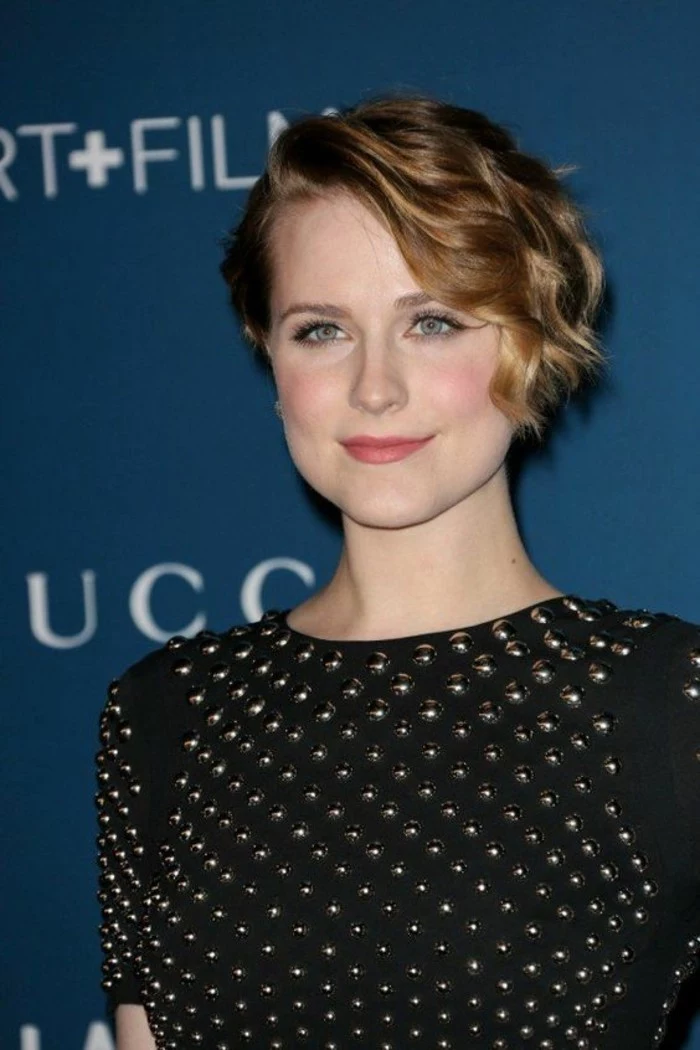
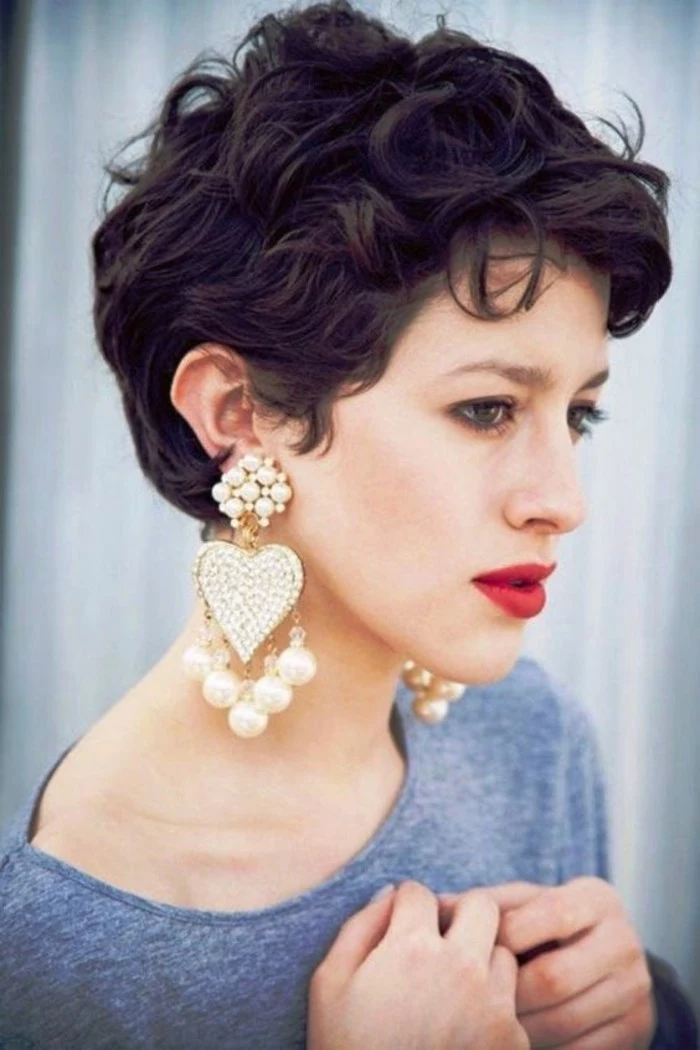
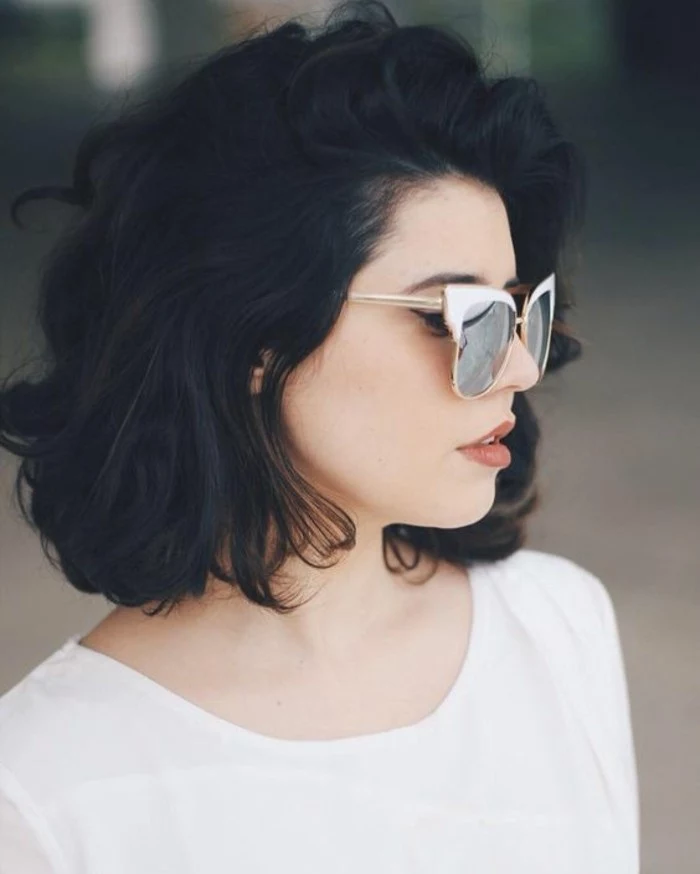
Don’t shy away from your hair’s natural tendencies—lean into them. If you have a strong cowlick at the front, trying to force it down will be a daily battle. Instead, ask your stylist to cut it in a way that uses the cowlick to create natural volume and lift, making it a feature, not a flaw.
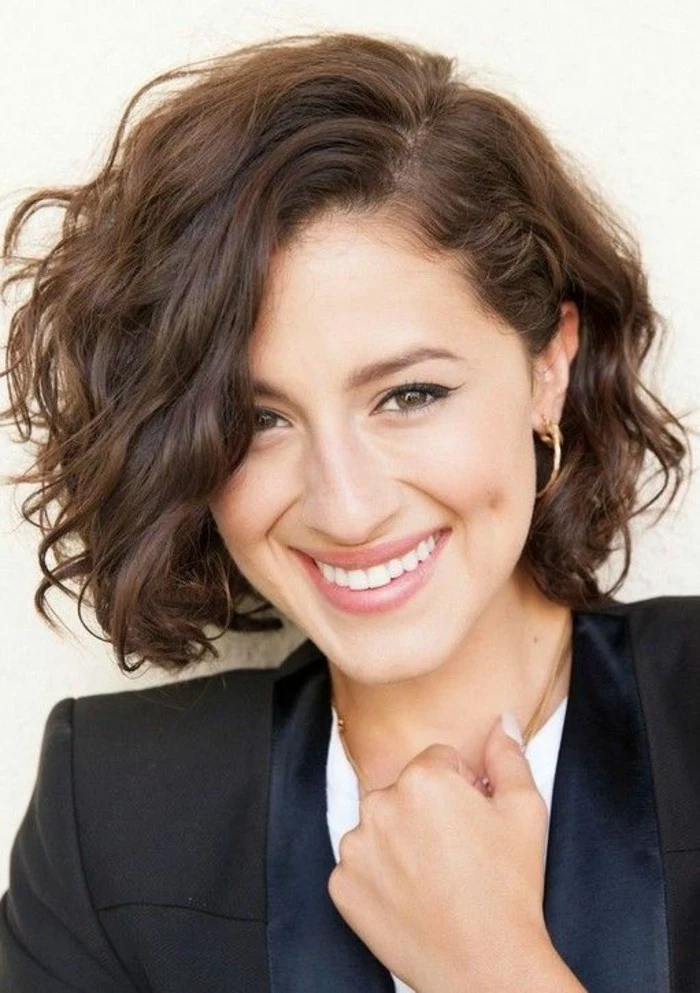
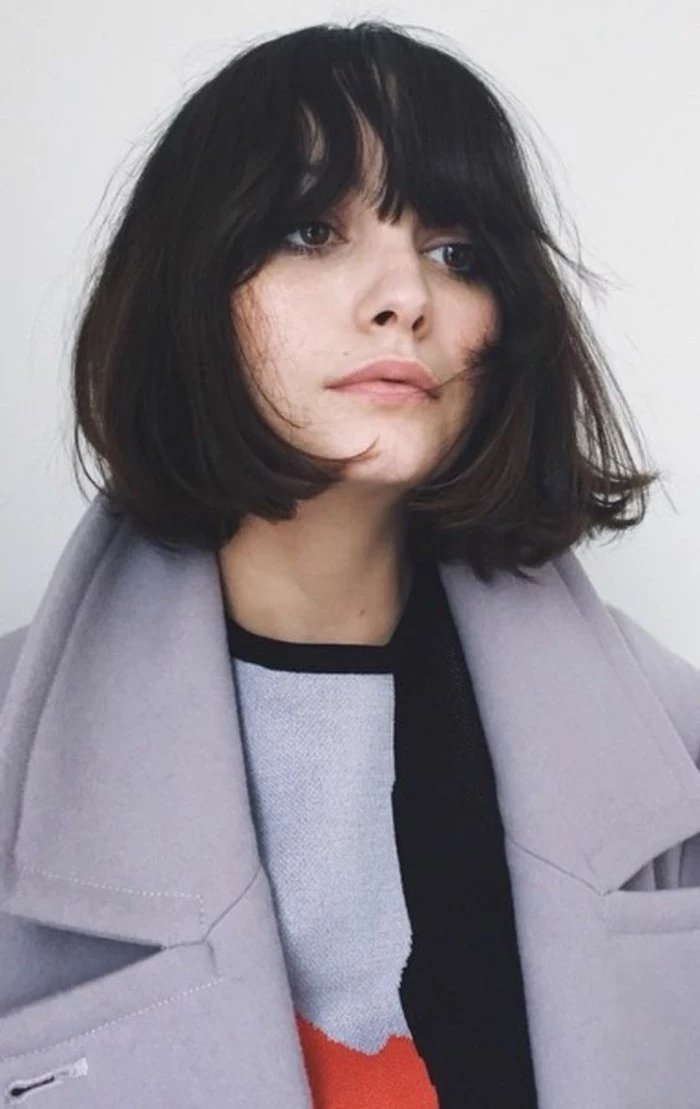
The ‘bob’ haircut as we know it was popularized by dancer Irene Castle in 1915, but it became the definitive look of the Roaring Twenties, symbolizing a new era of female independence and rebellion.

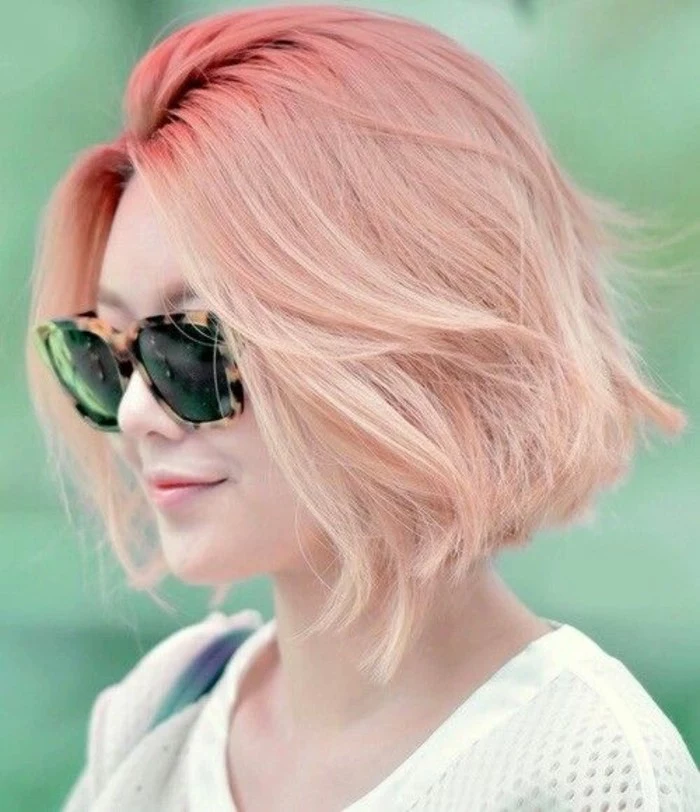
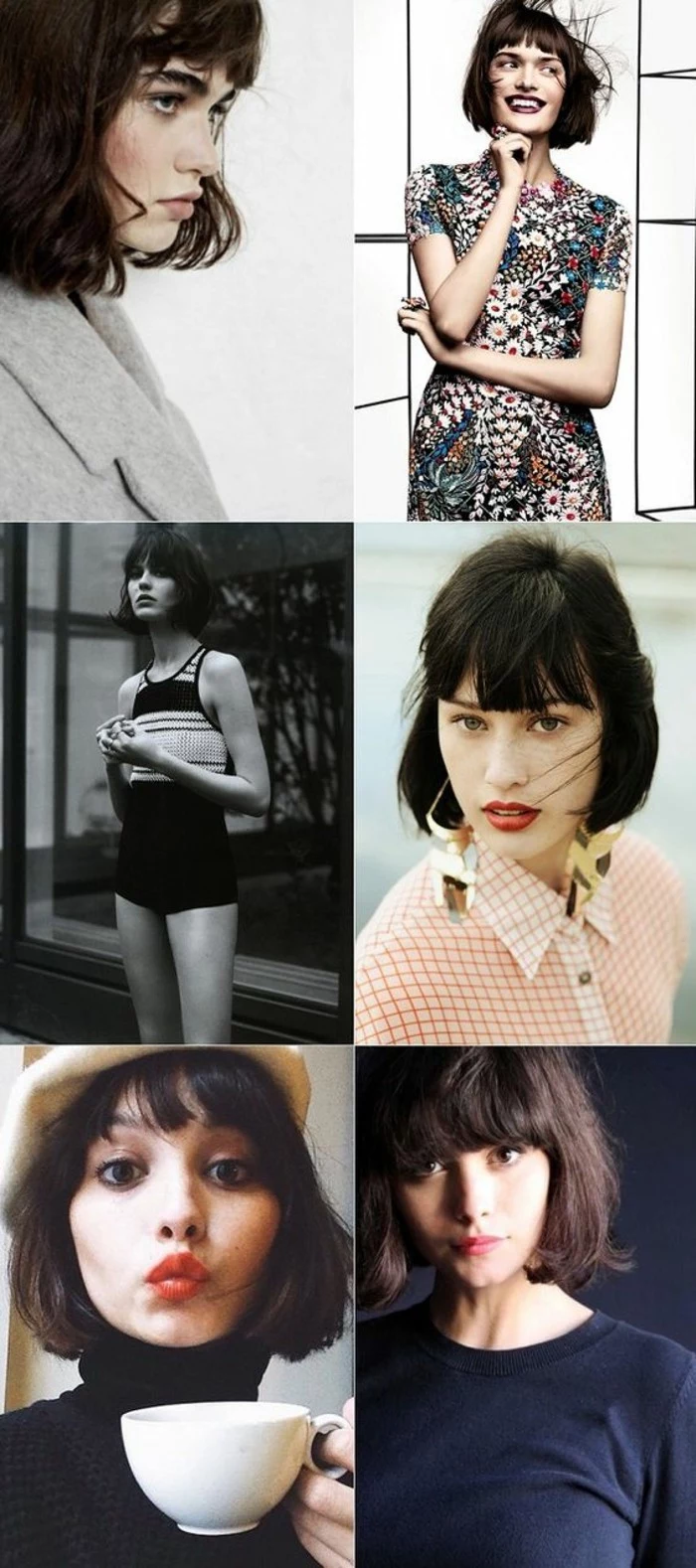
The first time you feel the rain or a breeze on the back of your neck after a big chop is a surprisingly powerful sensory experience. It’s a physical reminder of your change, a feeling of lightness and freedom that goes far beyond just your hair.
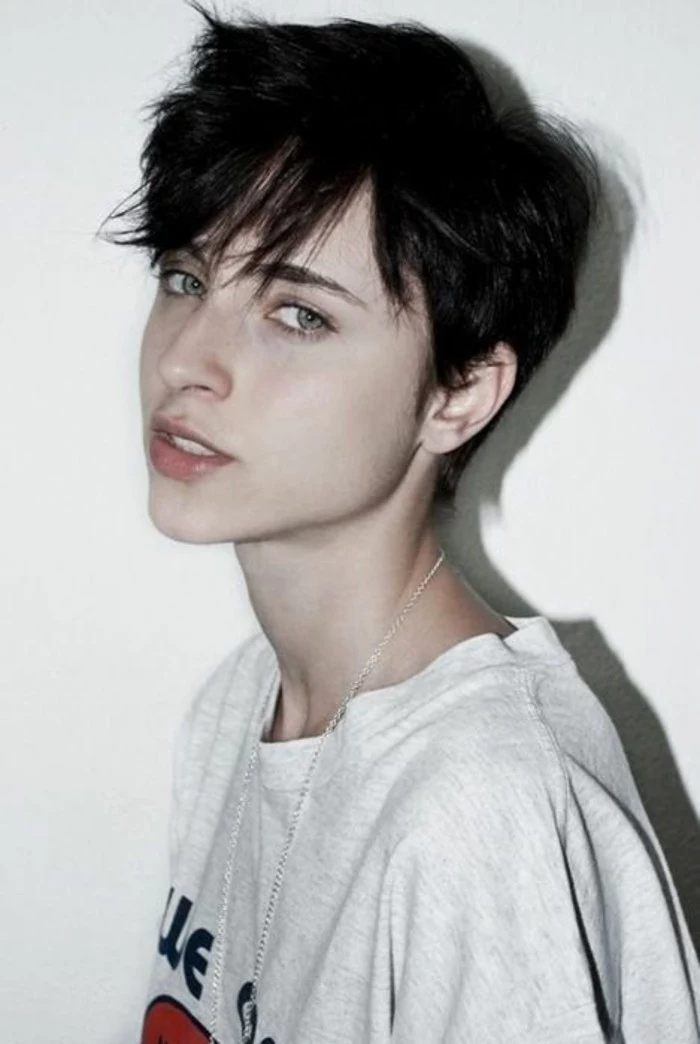

A common mistake: Using the same amount of shampoo and conditioner as you did with long hair. For most short styles, a dime-sized amount of product is more than enough. Over-saturating can weigh hair down and make it greasy faster.

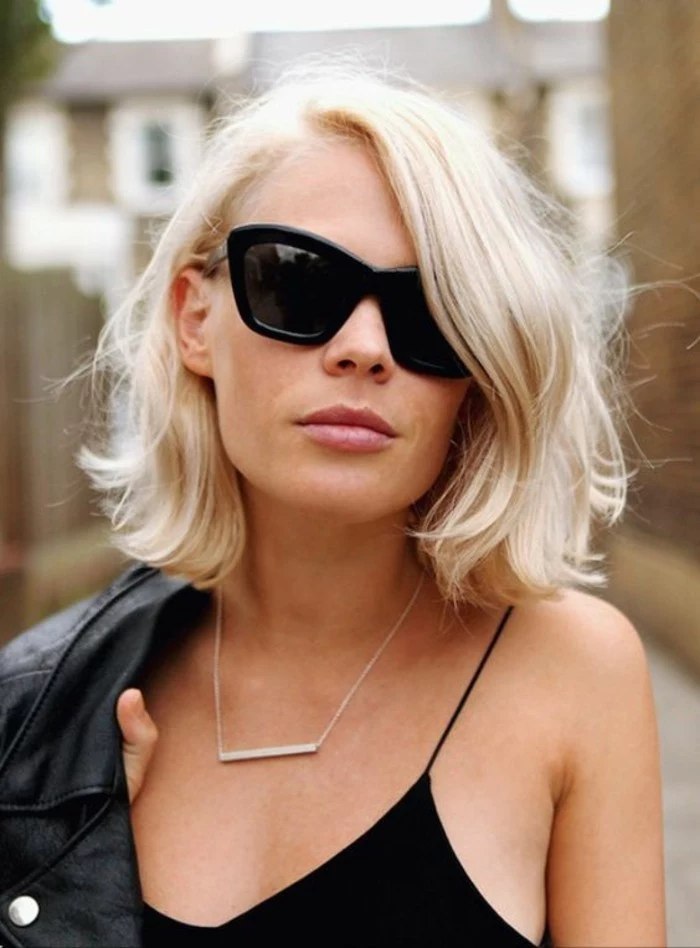
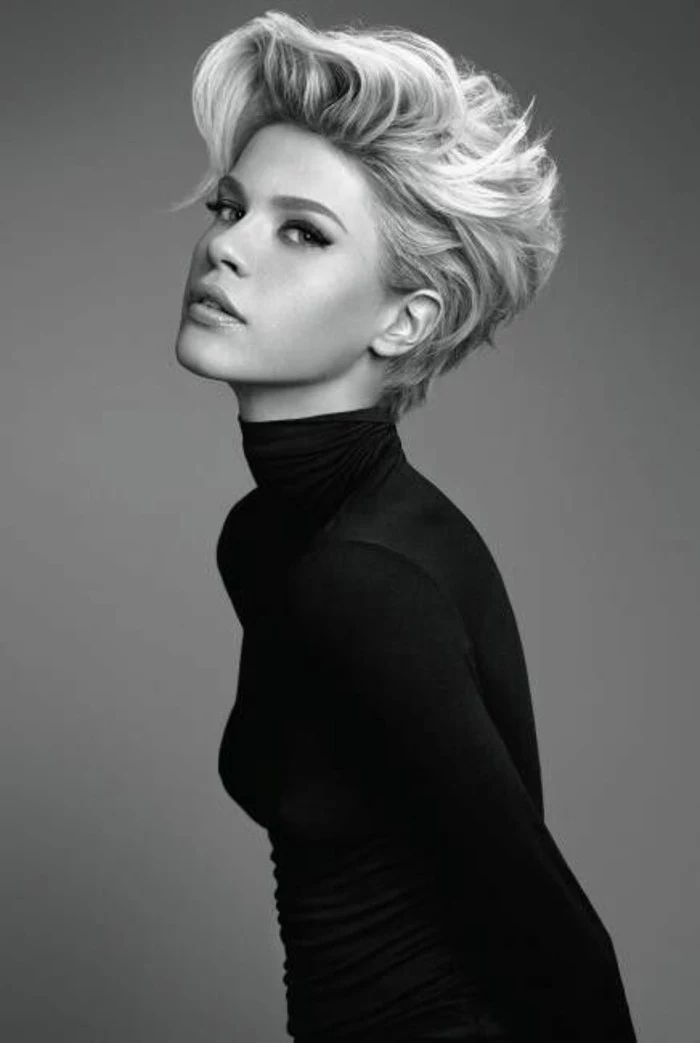
A short cut is the perfect opportunity to play with color. A few strategically placed highlights can mimic light and create the illusion of texture and movement. Or go bold—a vibrant color or a chic platinum blonde has incredible impact on a short, sharp silhouette because the cut and color work together as a single statement.
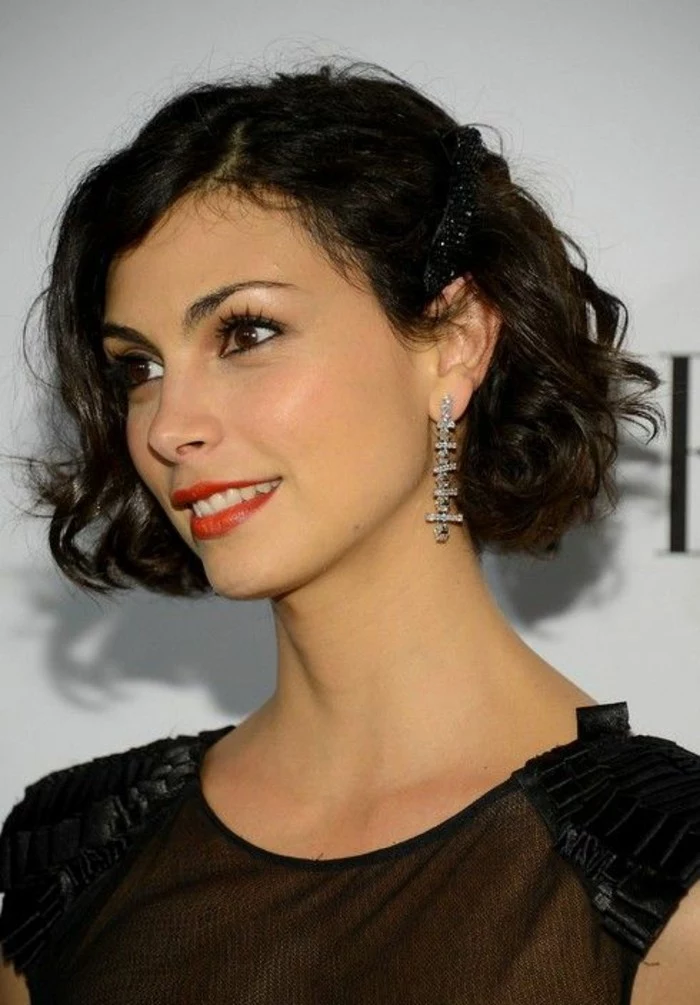
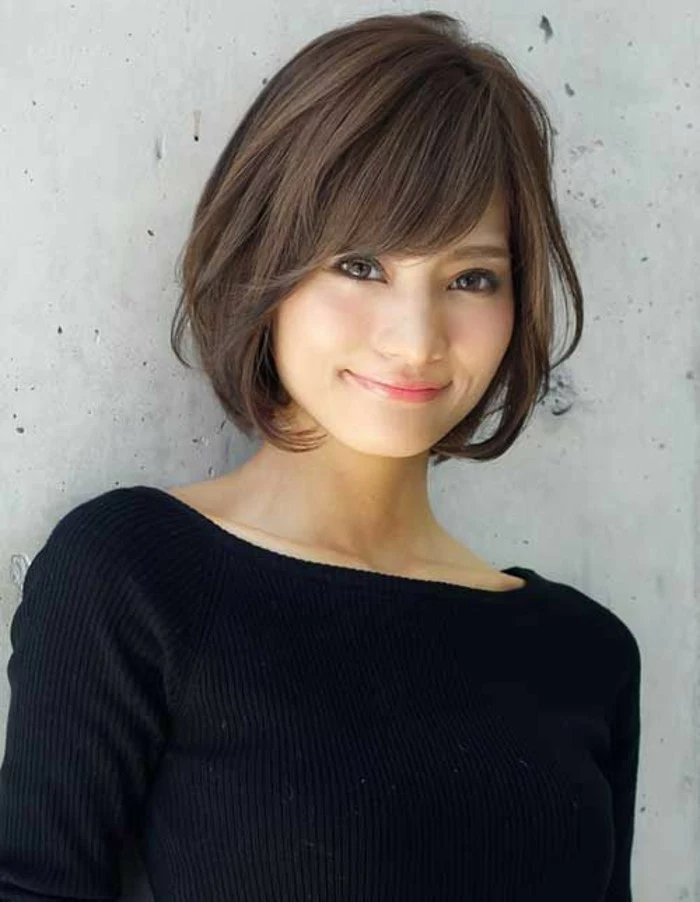
What’s the secret to getting that perfect ‘piecey’ texture?
It’s all about applying the right product to dry hair. After styling, take a pea-sized amount of a fibrous wax, like Redken’s Brews Wax Pomade, emulsify it in your palms until it’s warm and nearly invisible, then use your fingertips to pinch and twist small sections of hair. This separates the strands without making them greasy.
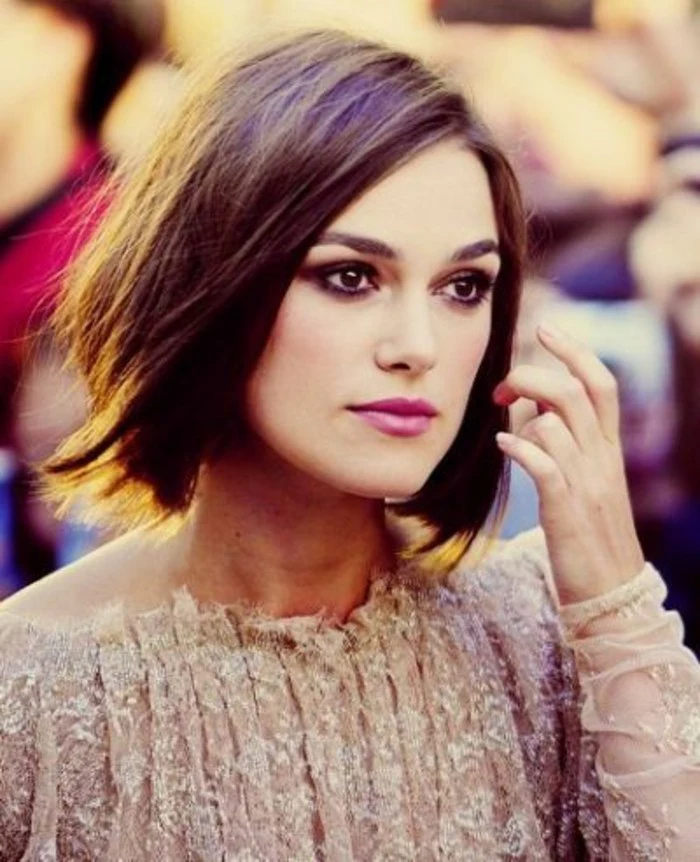
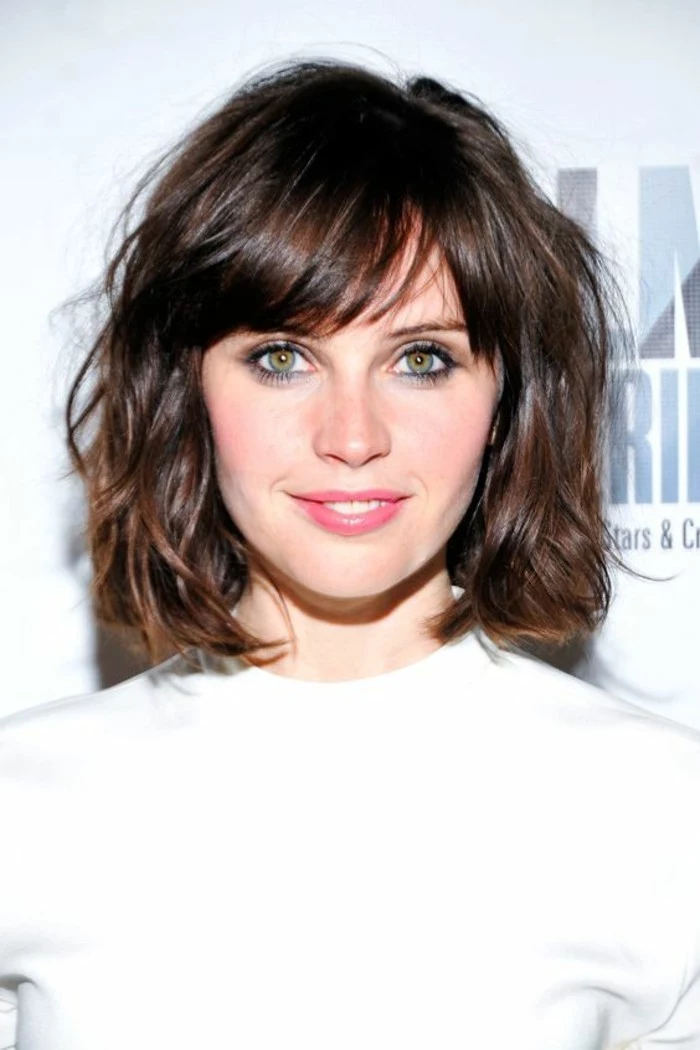
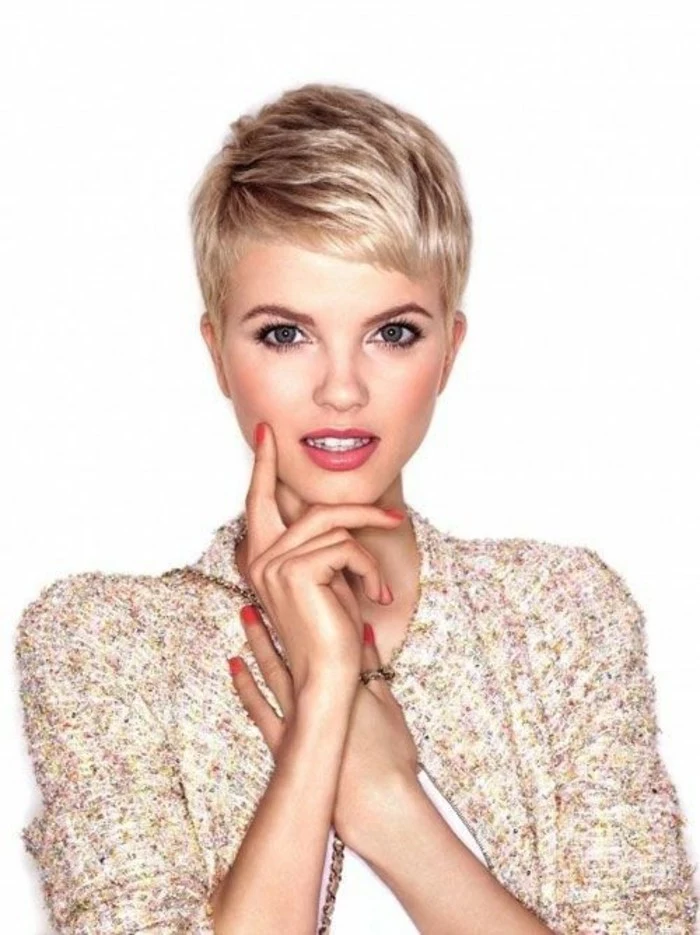
- Get your neckline ‘cleaned up’ by your stylist between full haircut appointments. Many salons offer this as a quick, complimentary service.
- Use stylish hair clips and headbands to manage awkward lengths.
- Transition from a pixie to a short bob, then a longer bob. Embrace each stage as its own style!
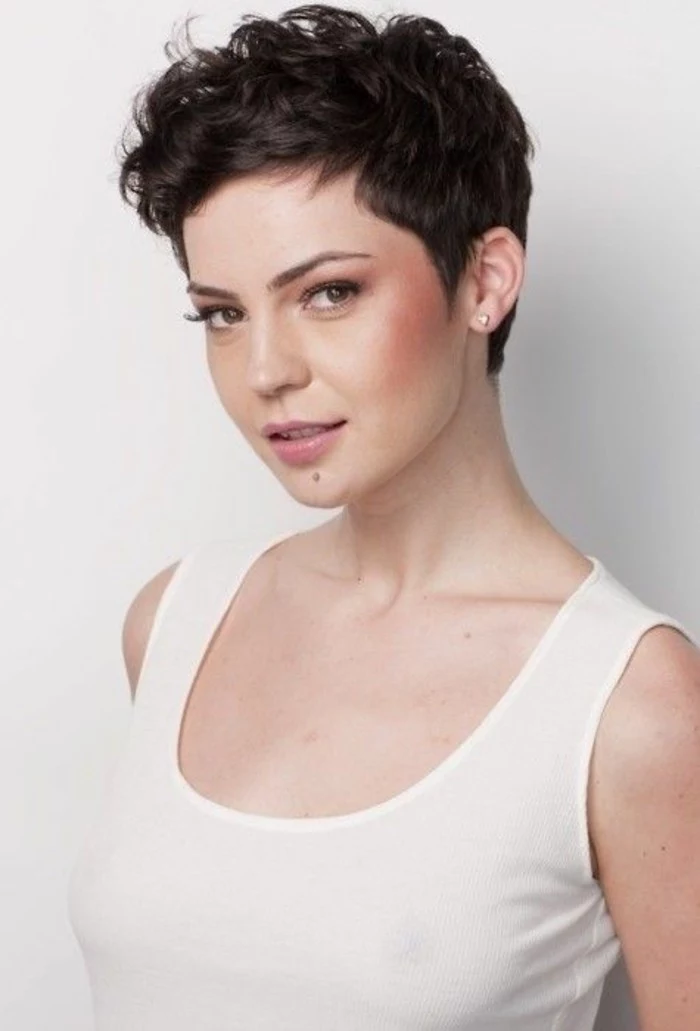
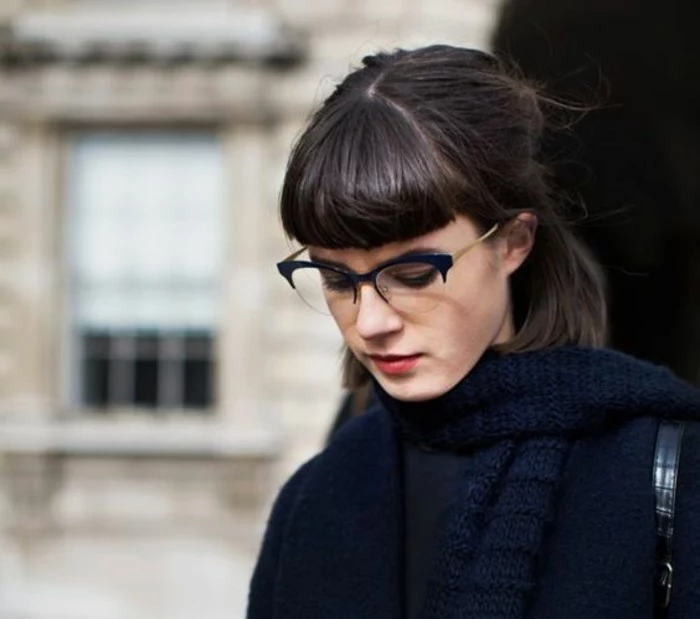
Budget-friendly icon: L’Oréal’s Elnett Satin Hairspray. For decades, it’s been a backstage staple at fashion weeks. It provides incredible hold but brushes out easily, so you can restyle without stickiness or residue. It’s proof that you don’t always need a $40 can for a professional finish.
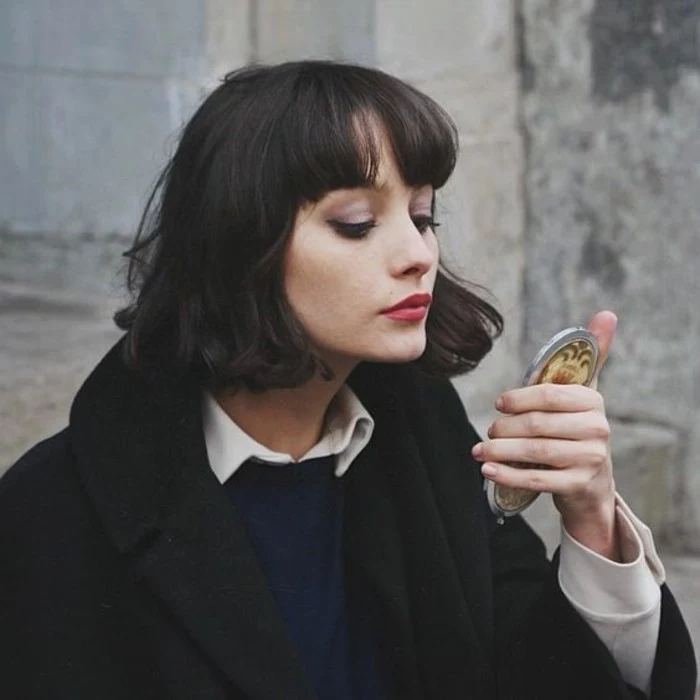

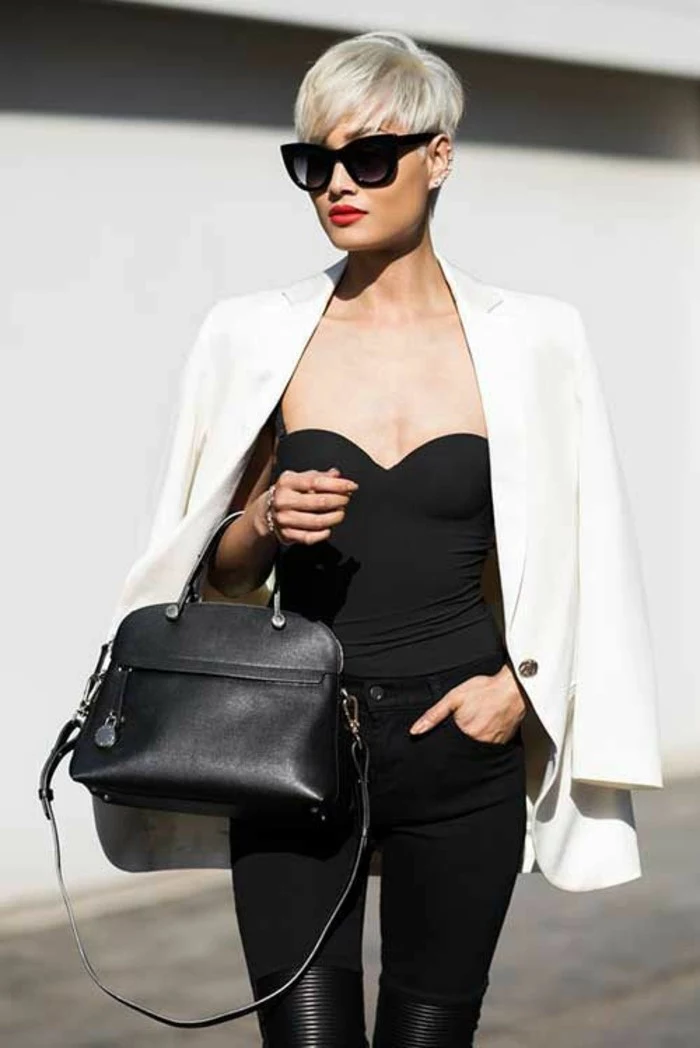
Did you know? Hair can weigh between 50 and 200 grams, depending on its length and thickness. A big chop can literally take a weight off your shoulders!
Many people report not just a psychological lightness after cutting their hair, but a real physical one. They notice less tension in their neck and shoulders, and even say their headaches are less frequent. It’s a holistic change.
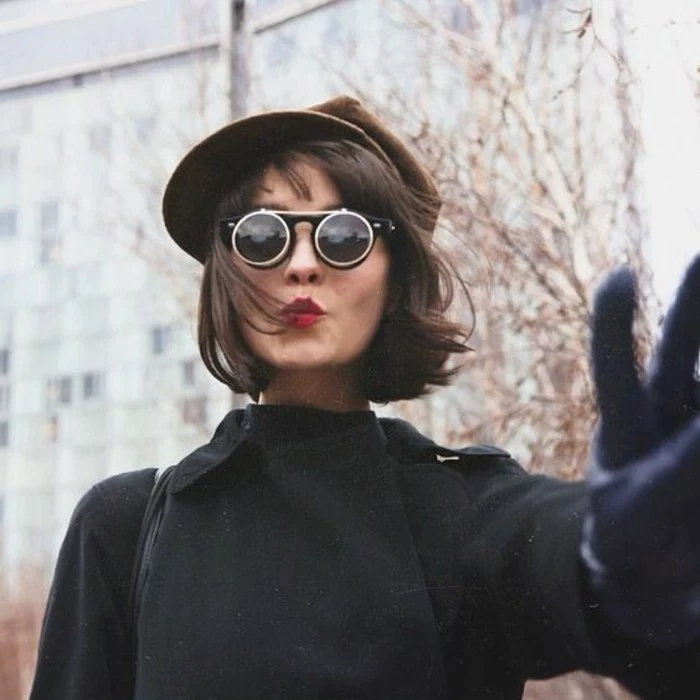
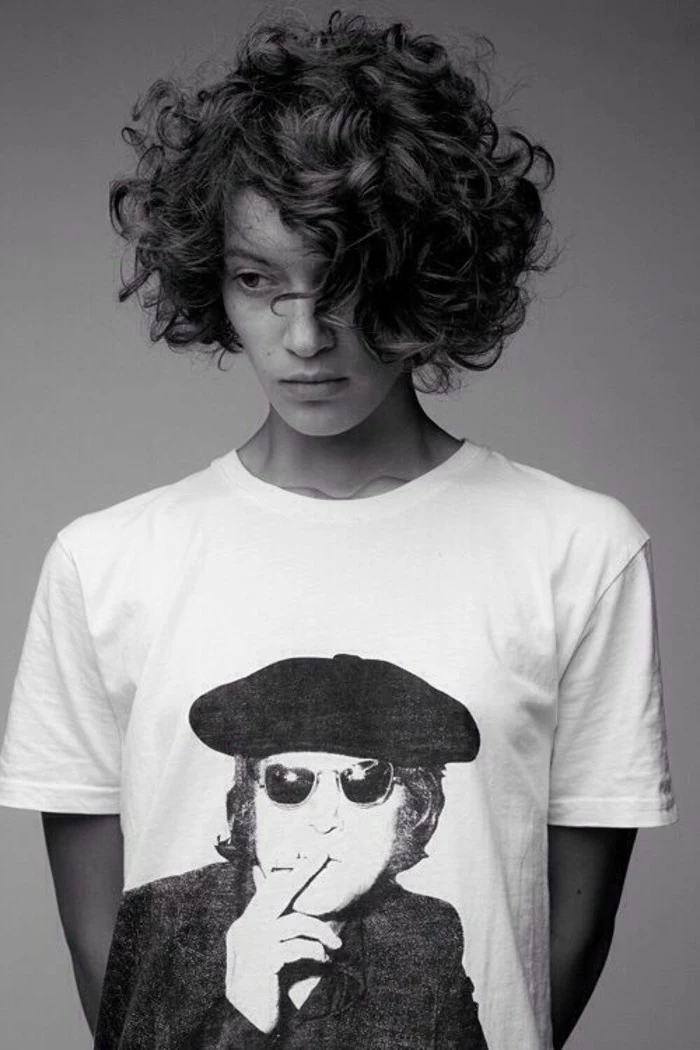
Myth: Short hair is ‘wash and go’. Truth: It’s ‘style and go’. While it’s faster, it often requires a few minutes of intentional styling with the right product to look polished, whereas long hair can sometimes be thrown into a ponytail with no effort.

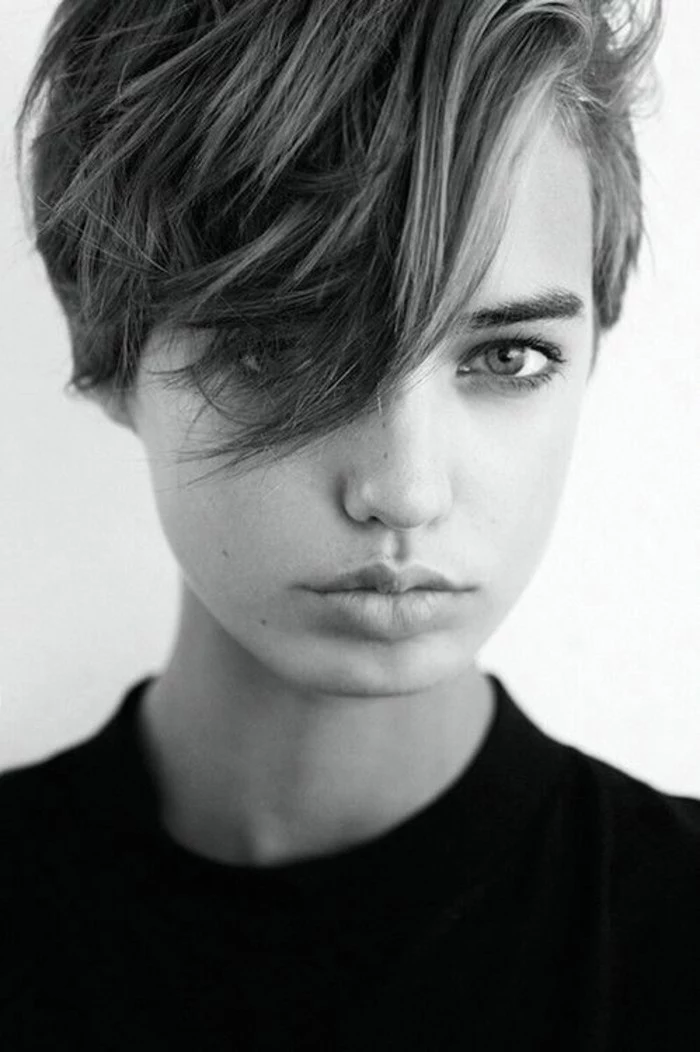
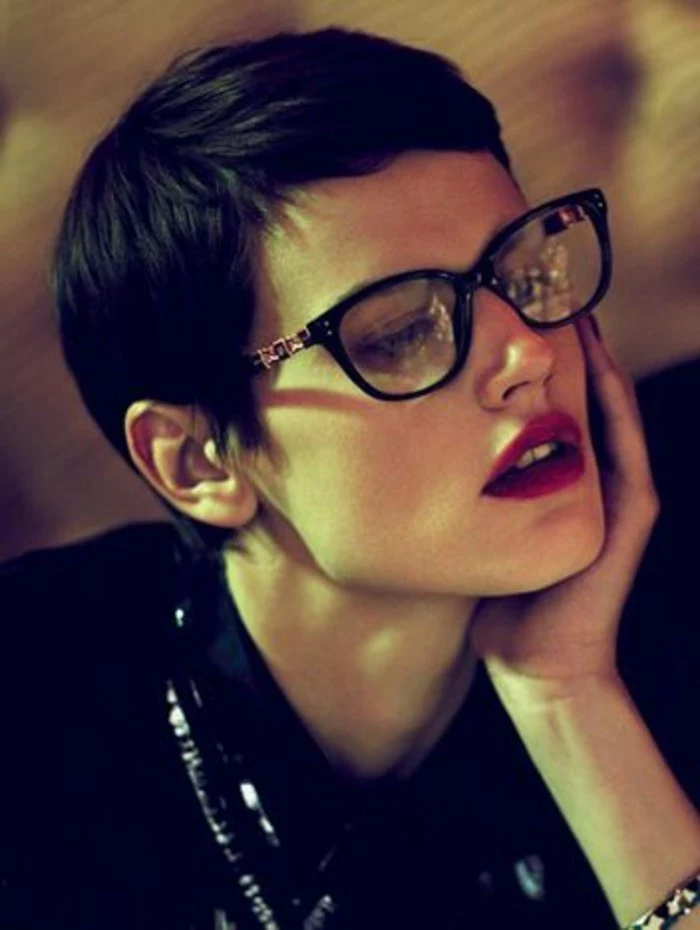
Fine Hair: Your stylist will likely suggest blunter lines and fewer, more subtle layers to create a solid shape that makes hair appear thicker. Over-texturizing fine hair can make it look sparse.
Thick Hair: This is where a stylist can get creative with internal layering and texturizing to remove bulk, create movement, and prevent the dreaded ‘helmet’ look.
The key is a cut that honors, rather than fights, your natural density.
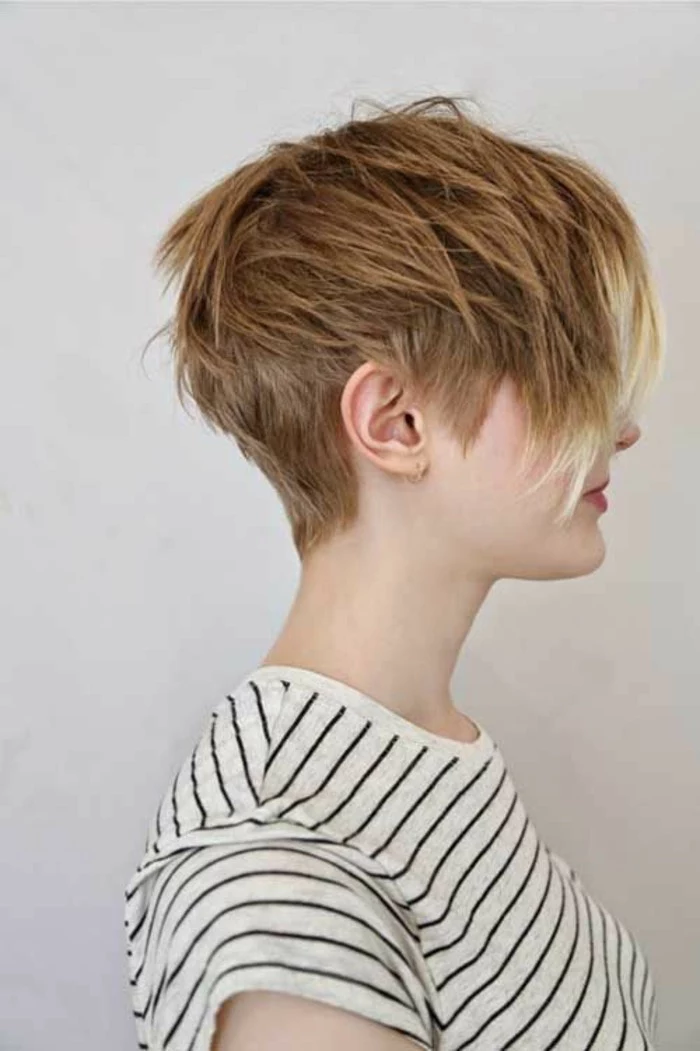
A crucial tip for your consultation: Talk about your lifestyle, not just your hair goals. Do you have 5 minutes or 25 minutes to style in the morning? Are you a gym-goer who needs to pull it back? Do you wear glasses? These practical details are more important than any celebrity photo for designing a cut you’ll love living with.










